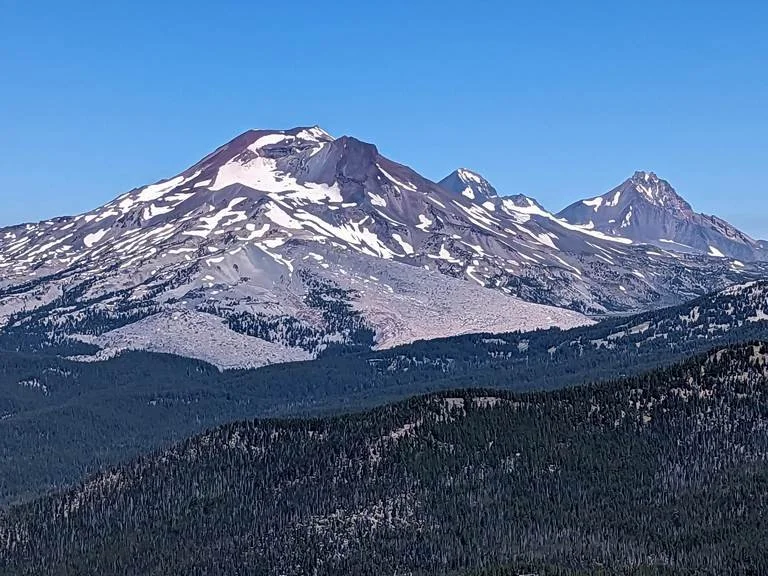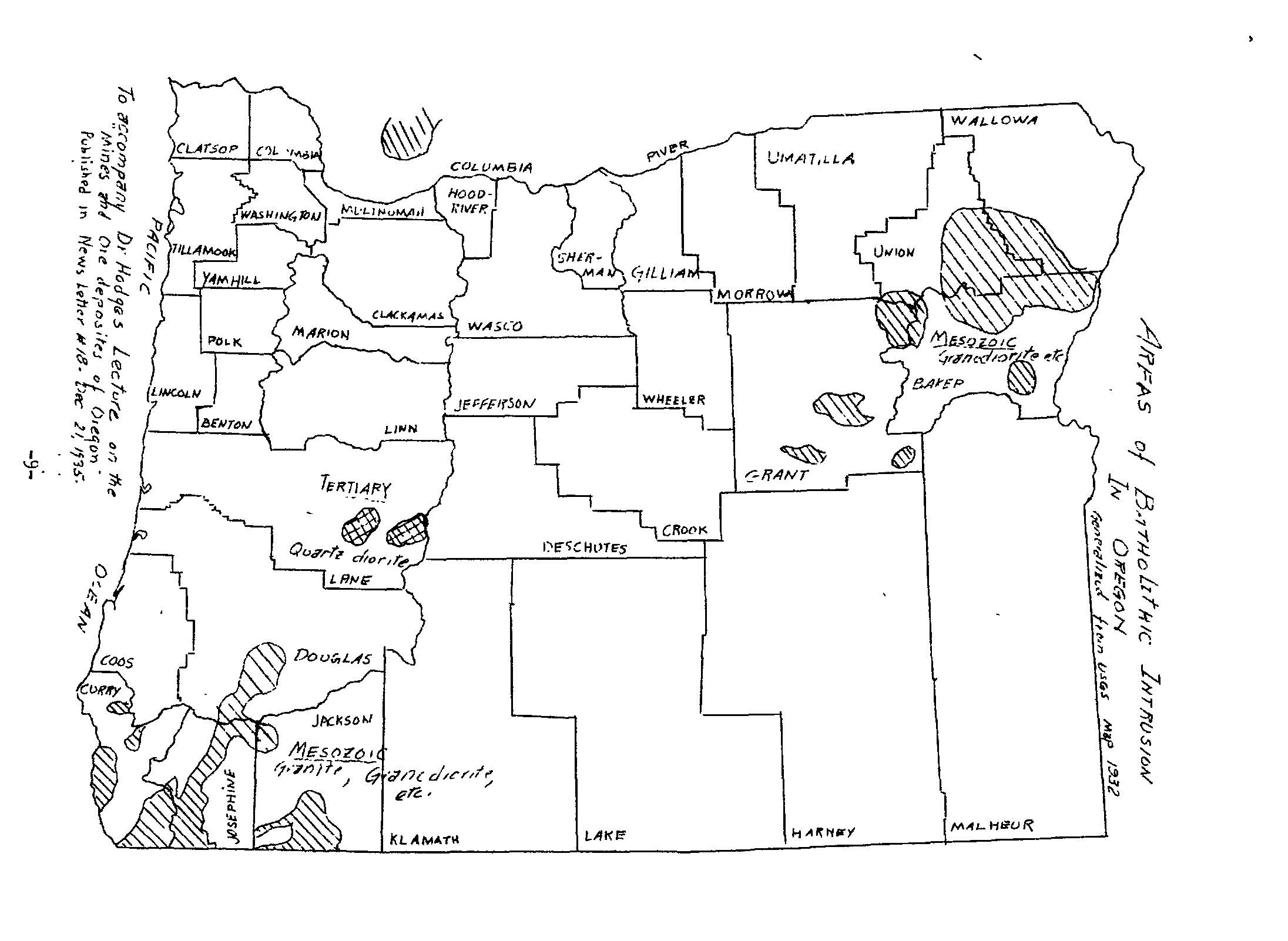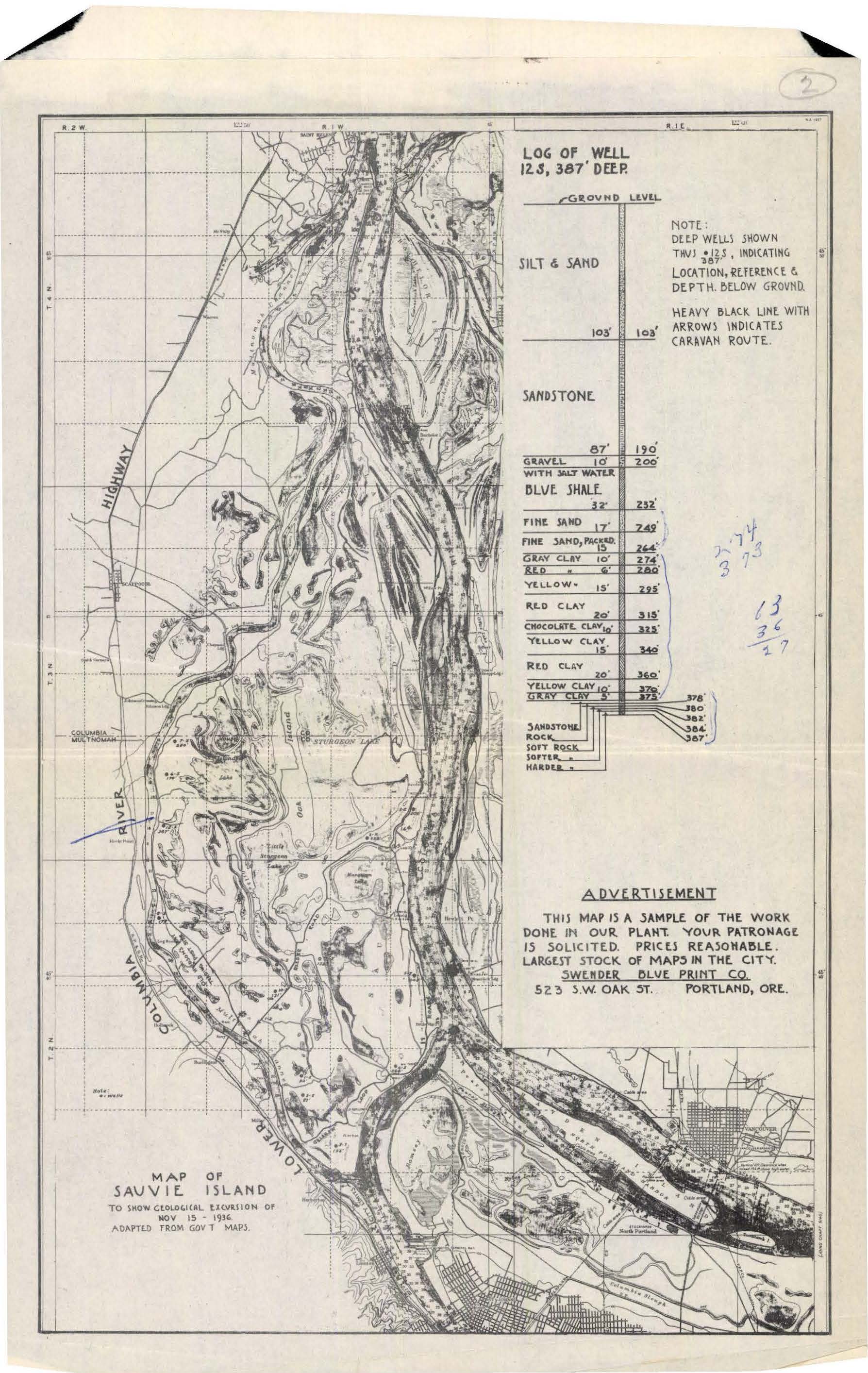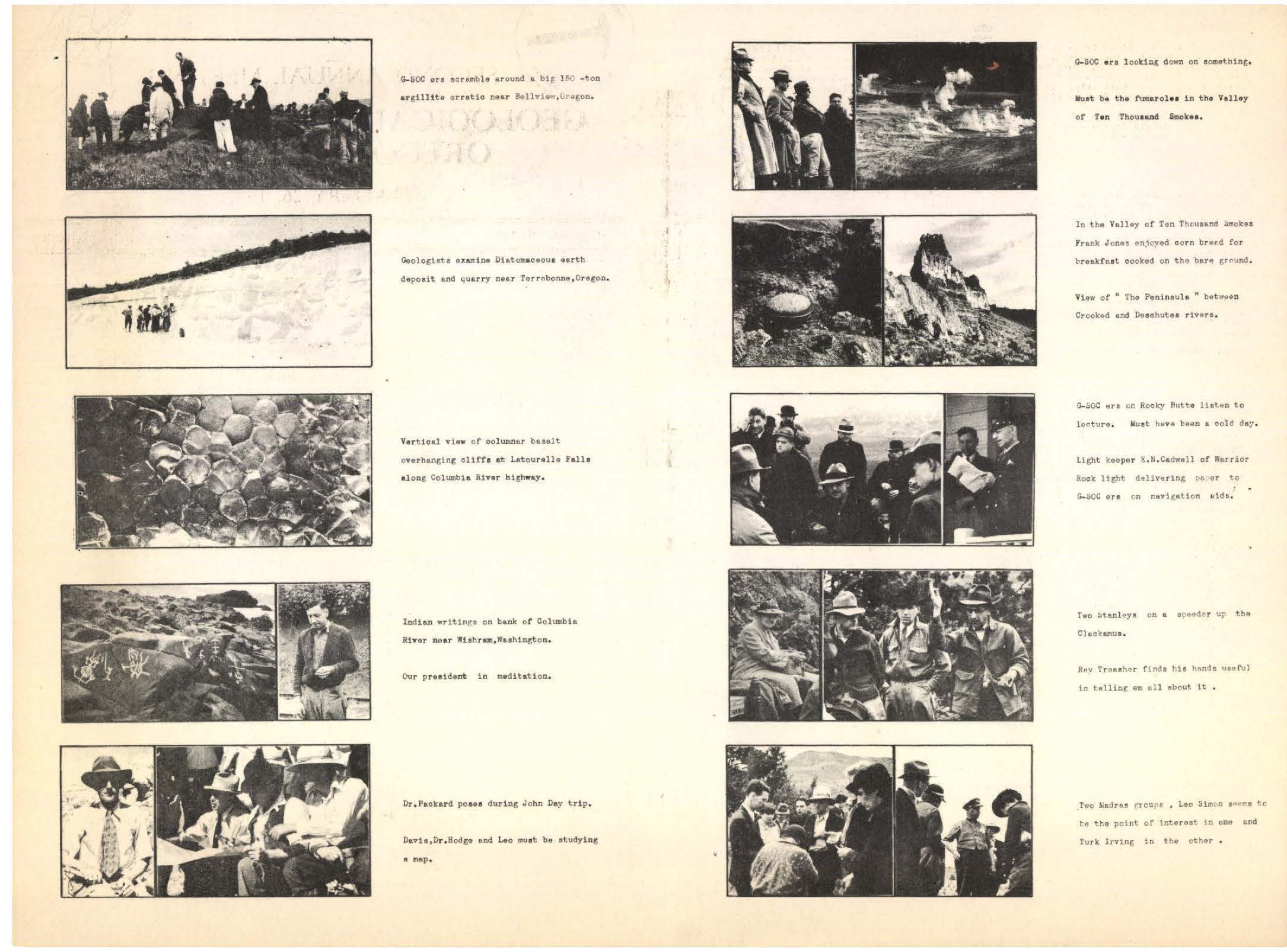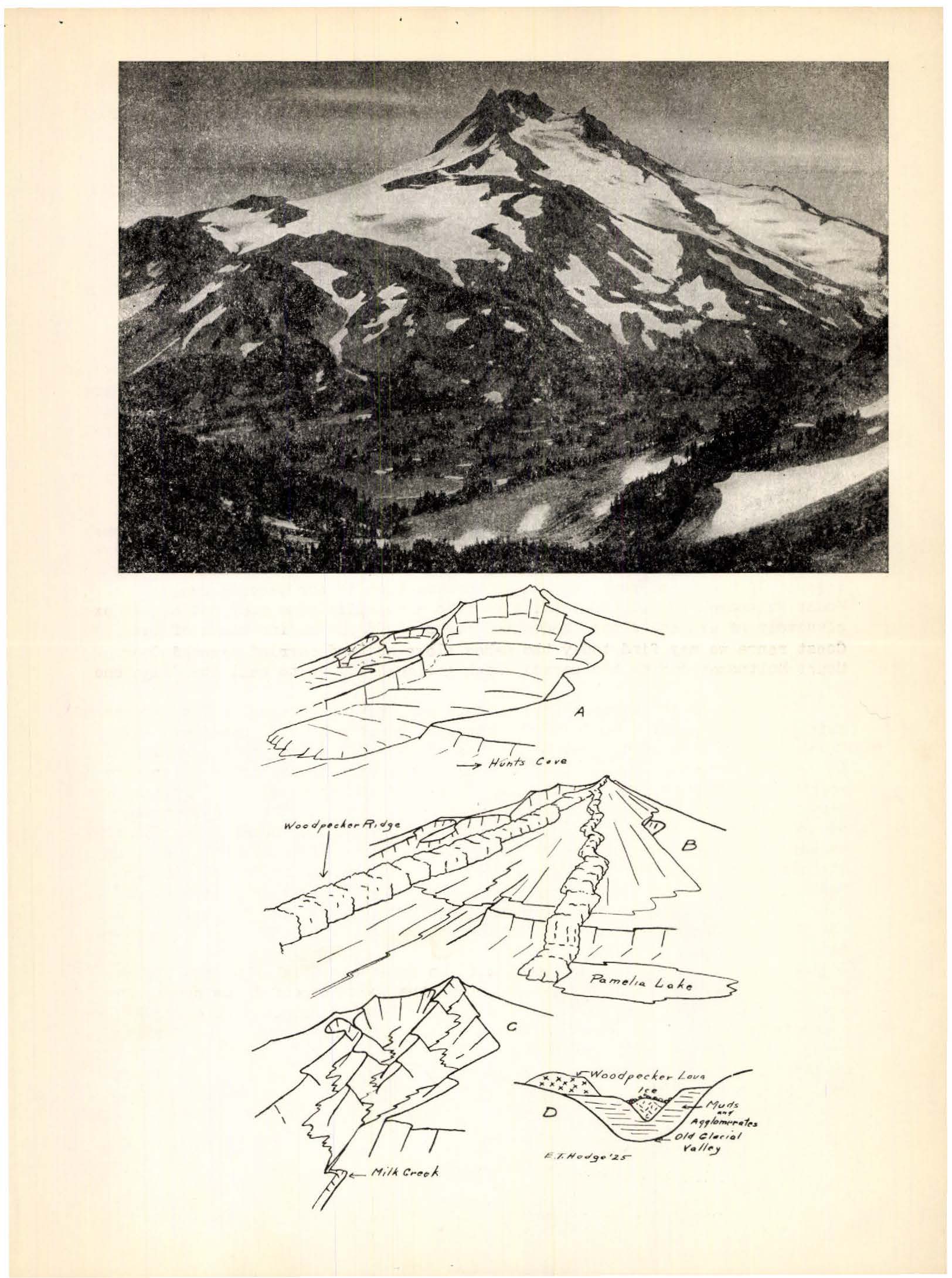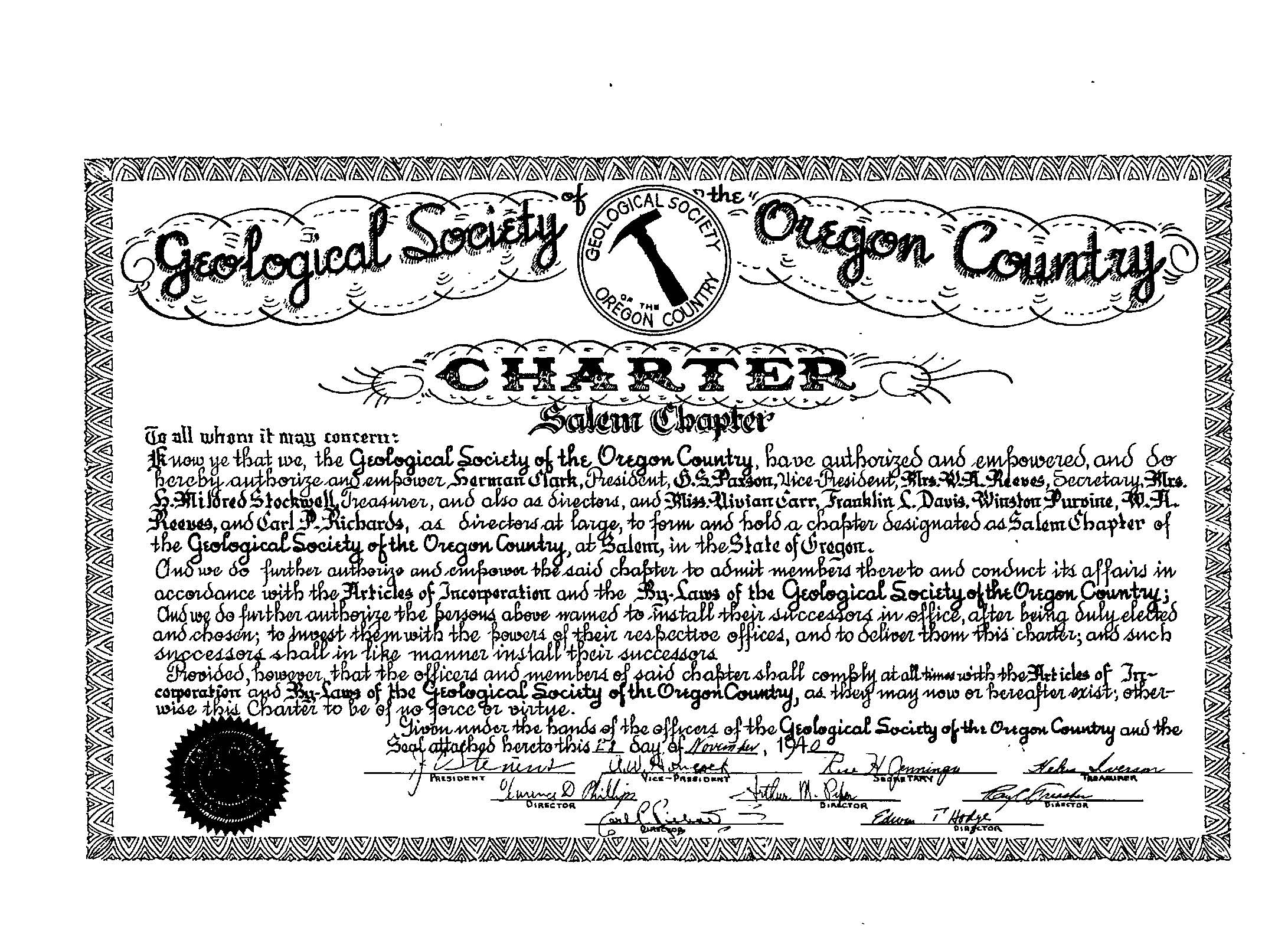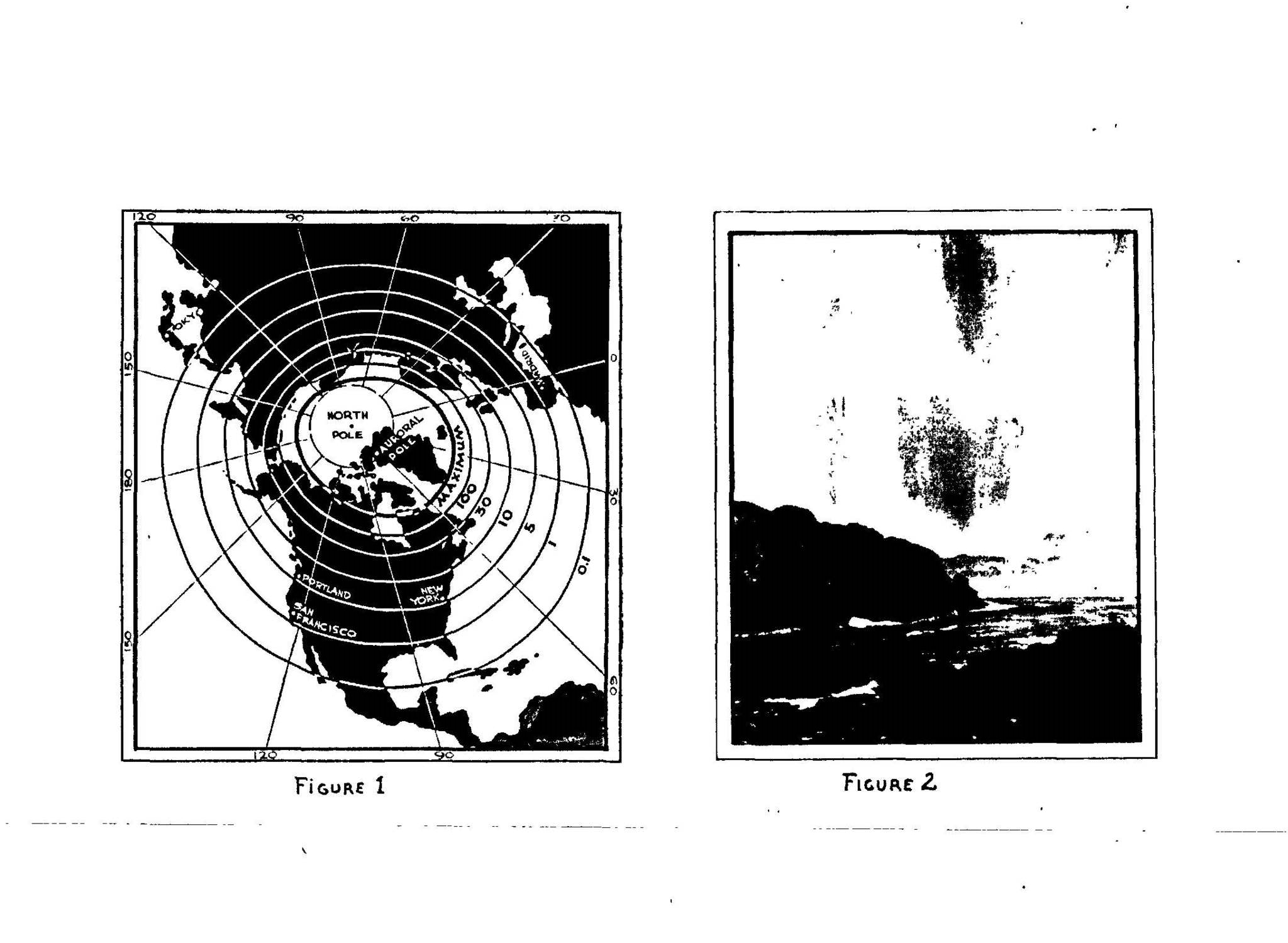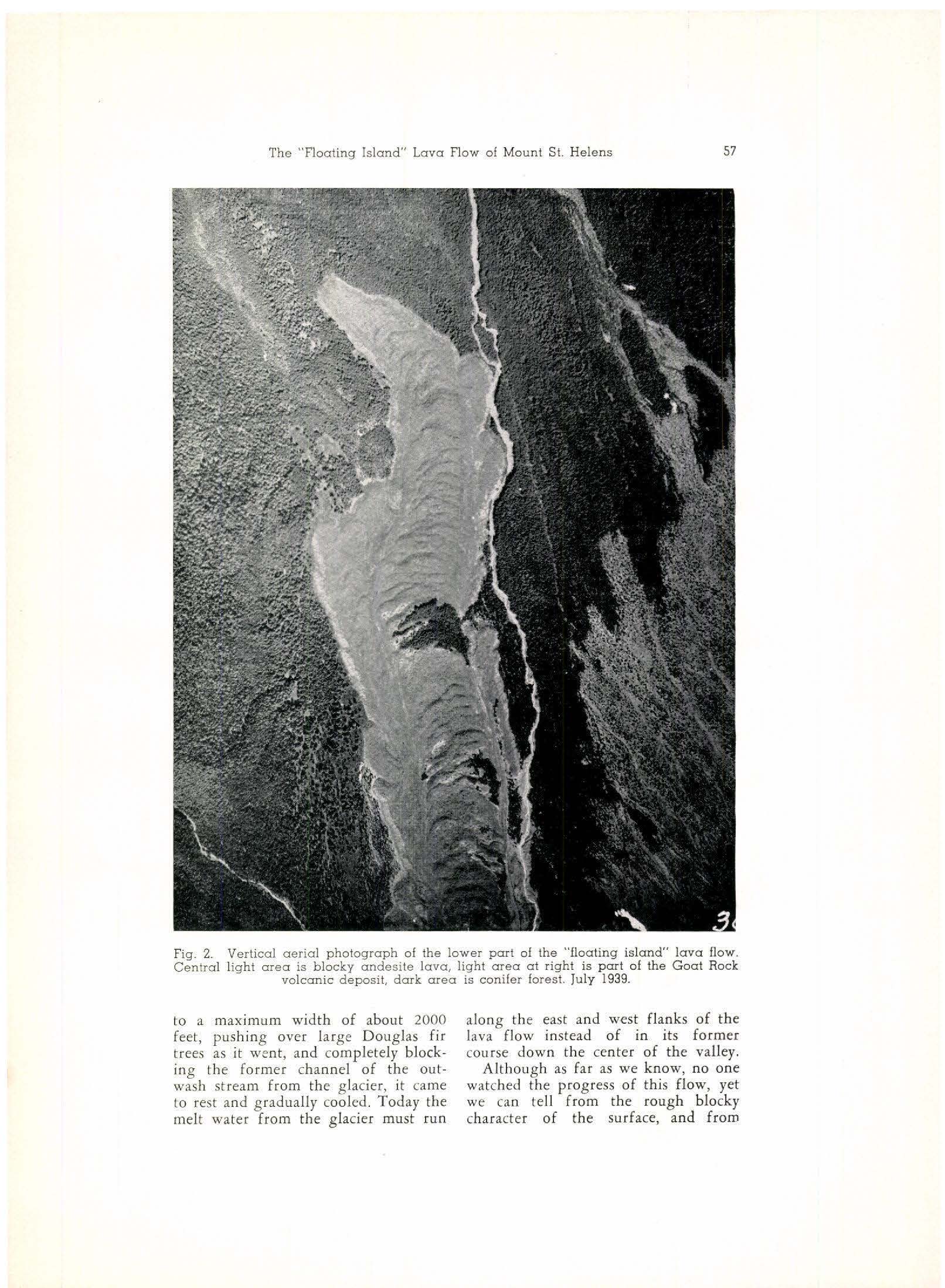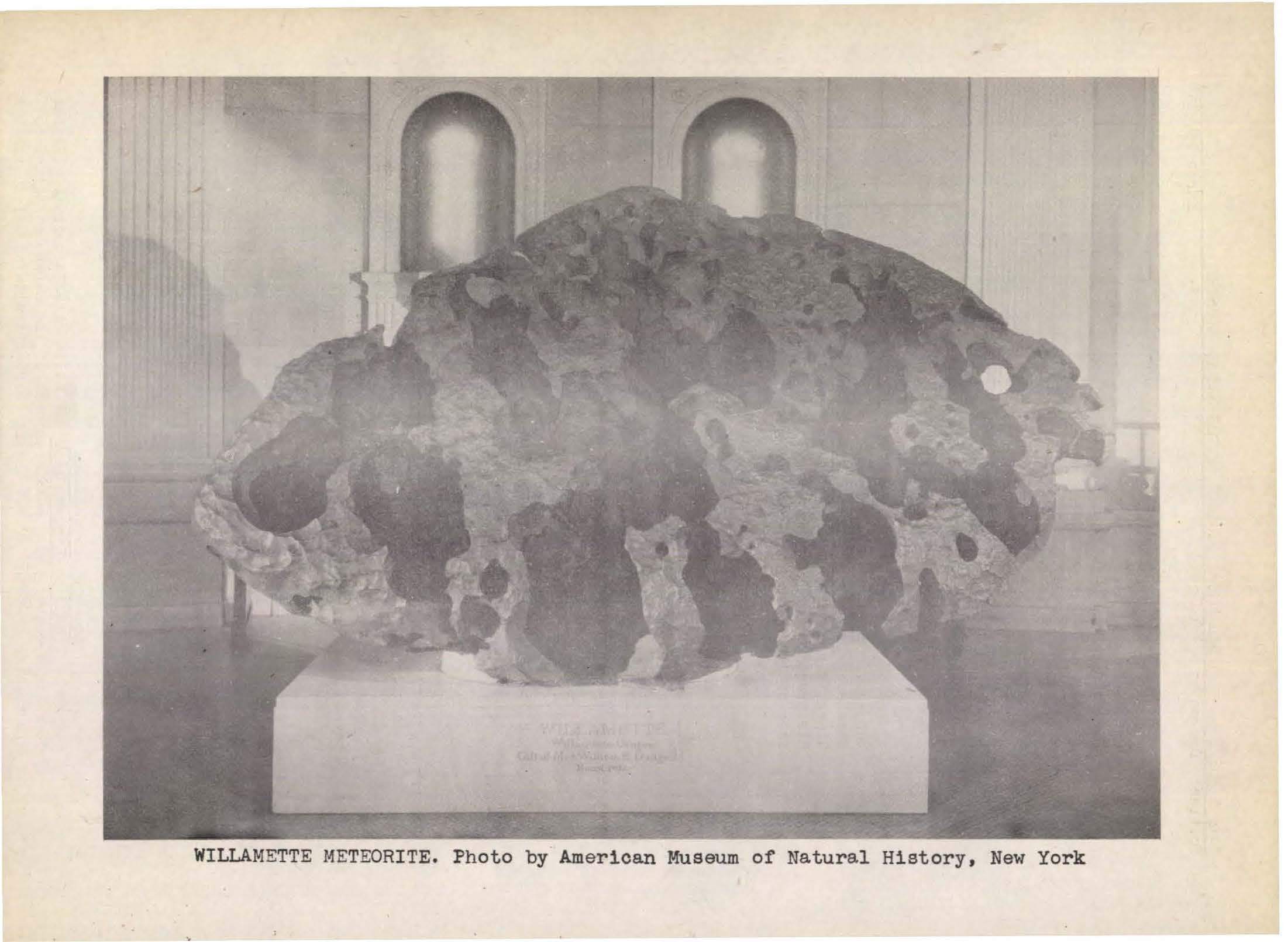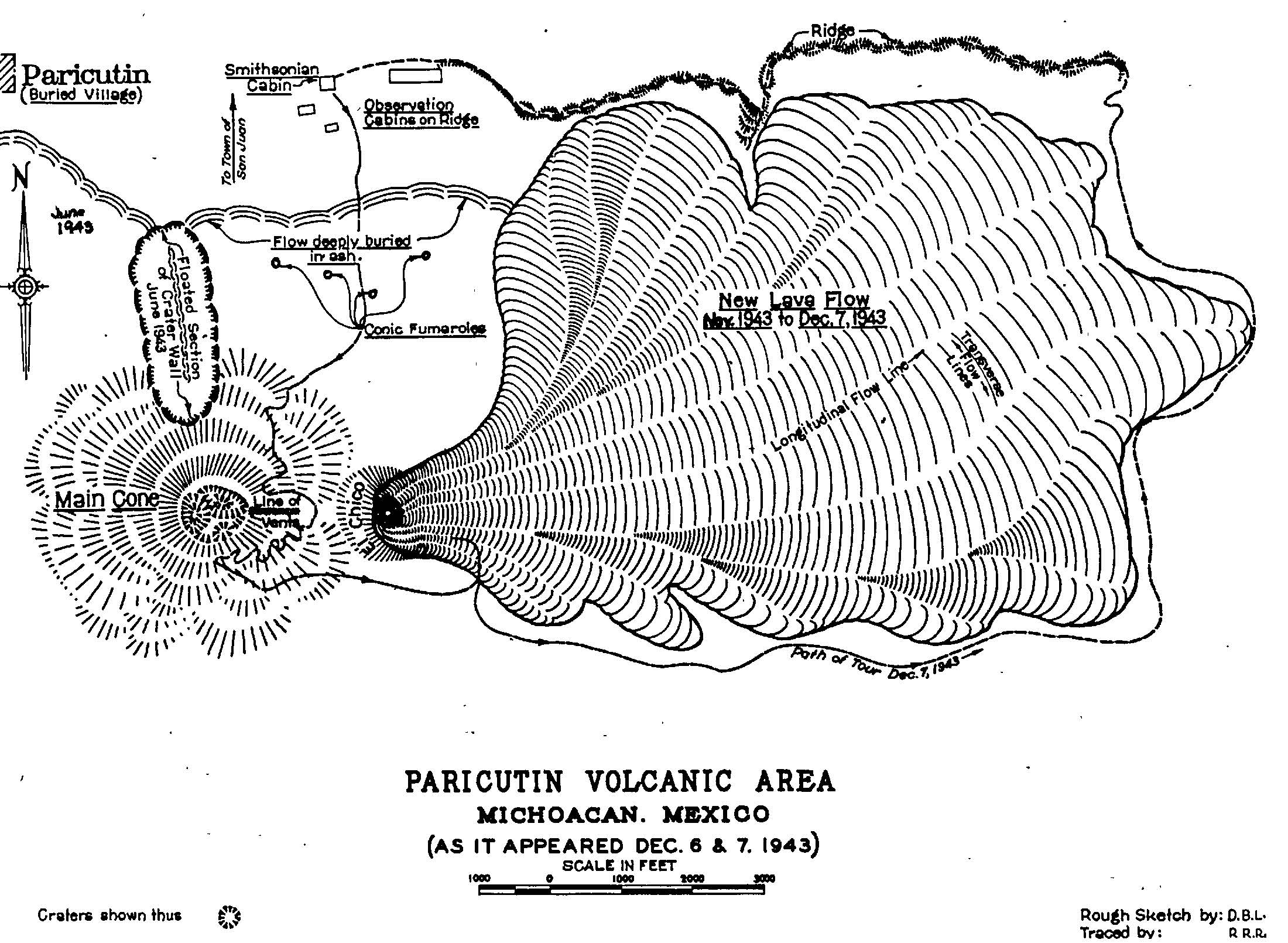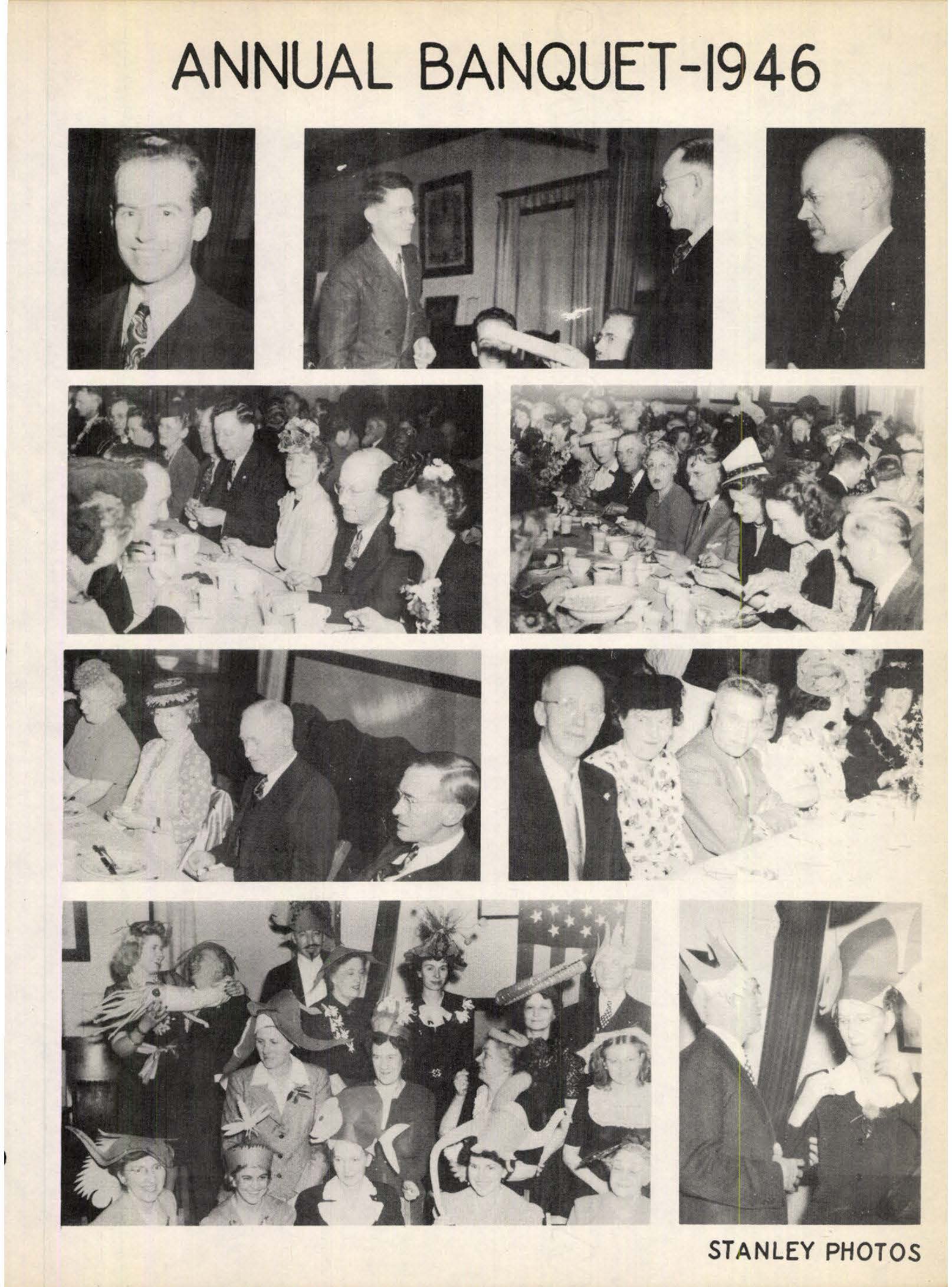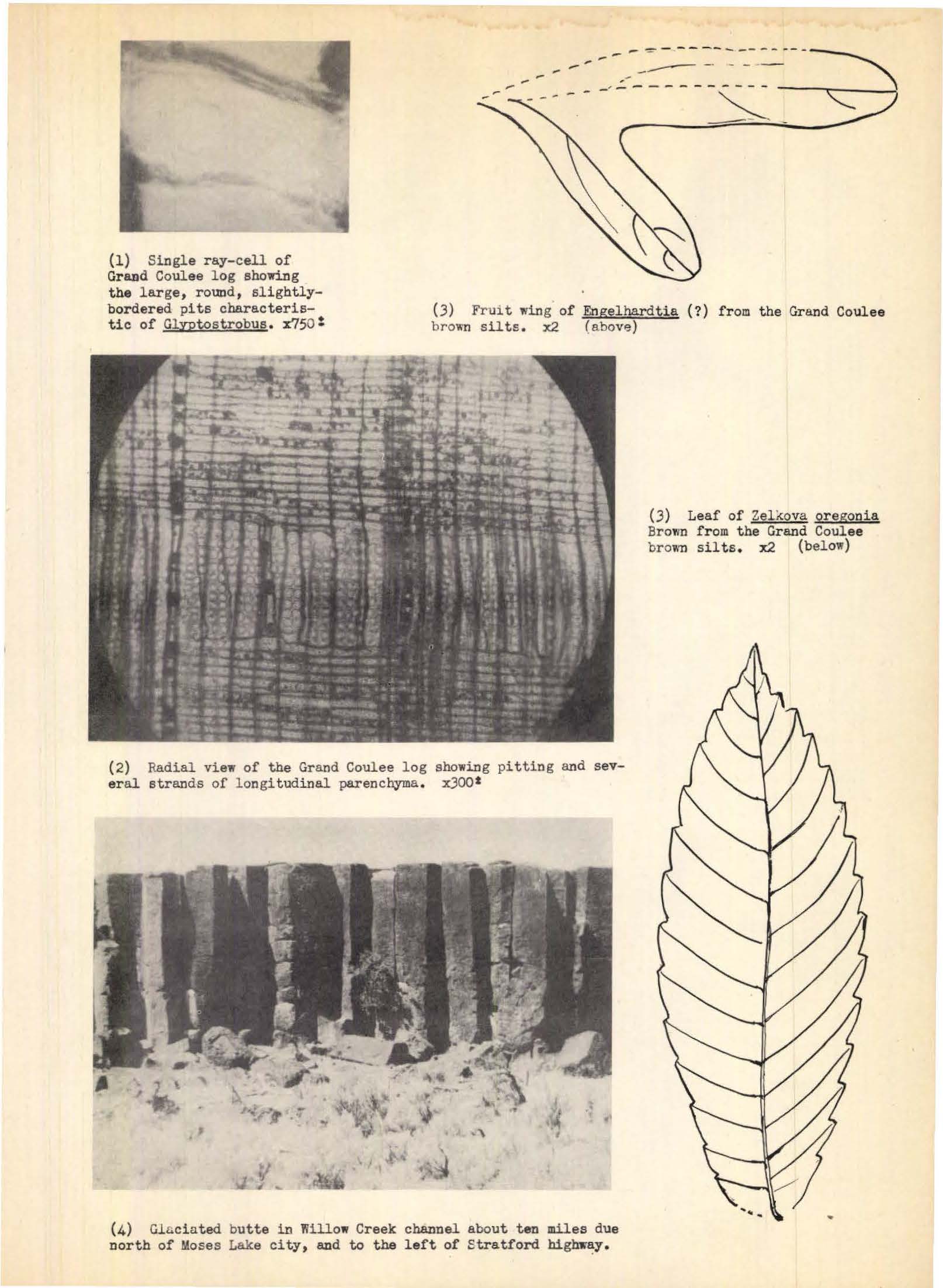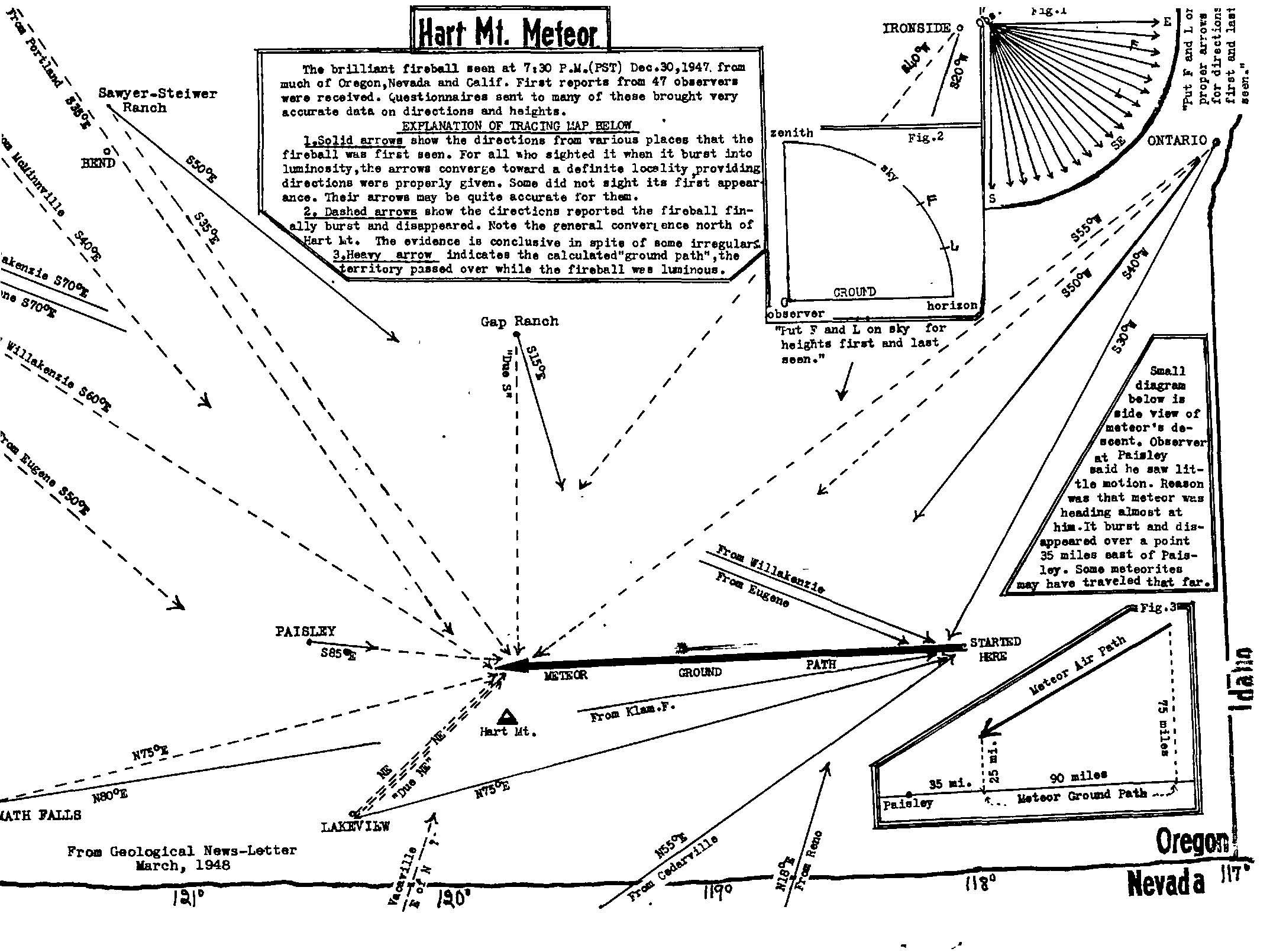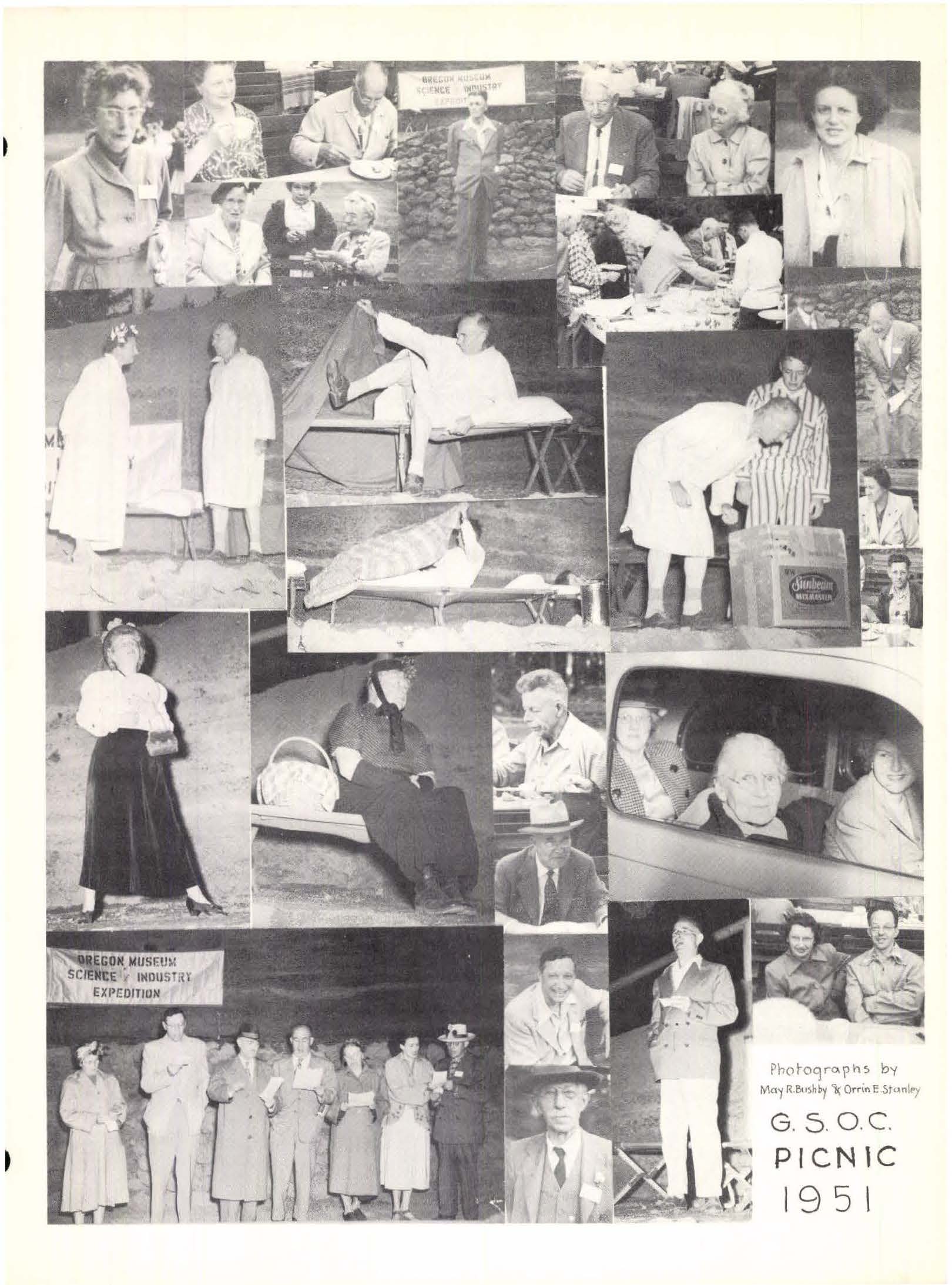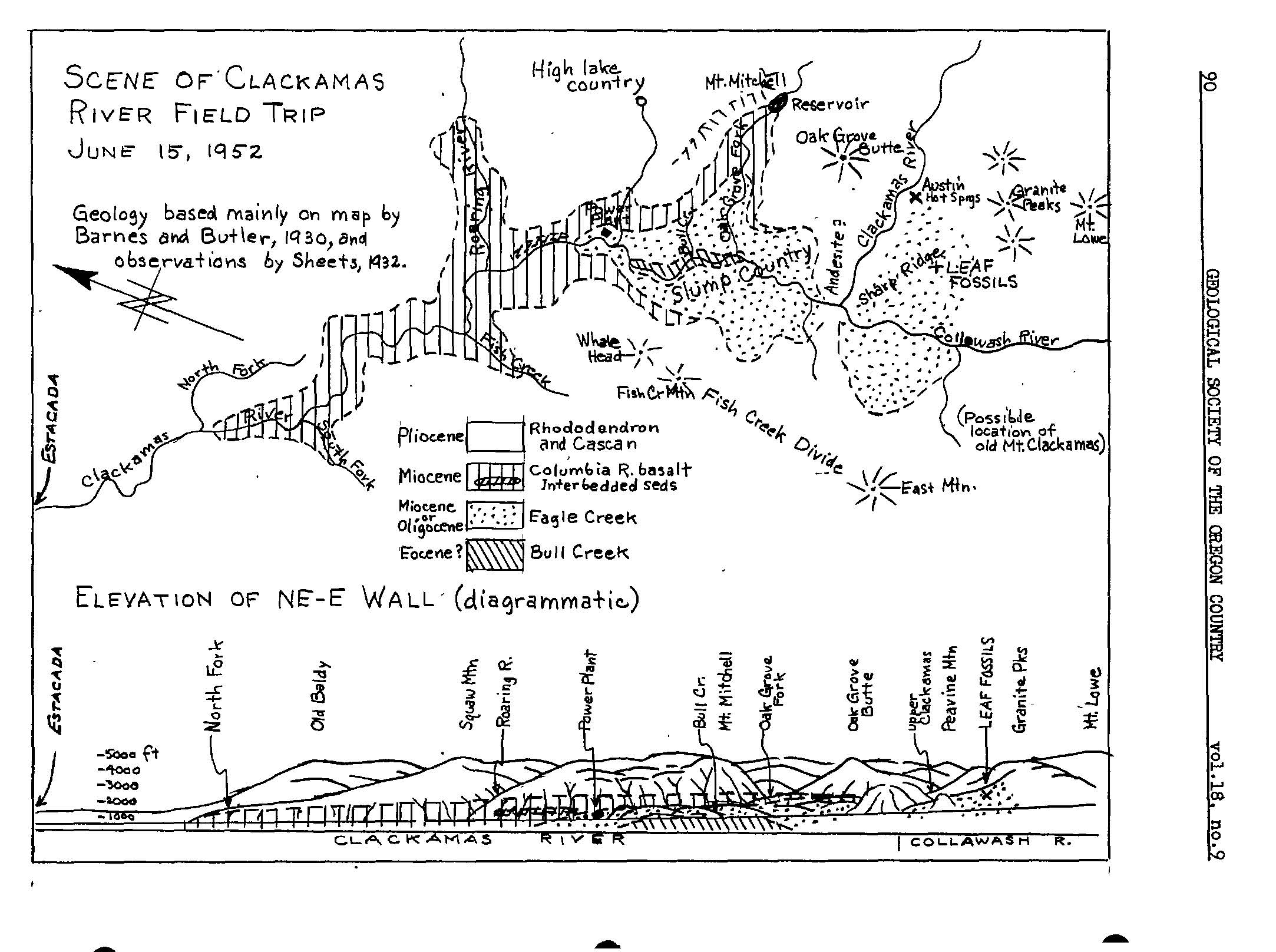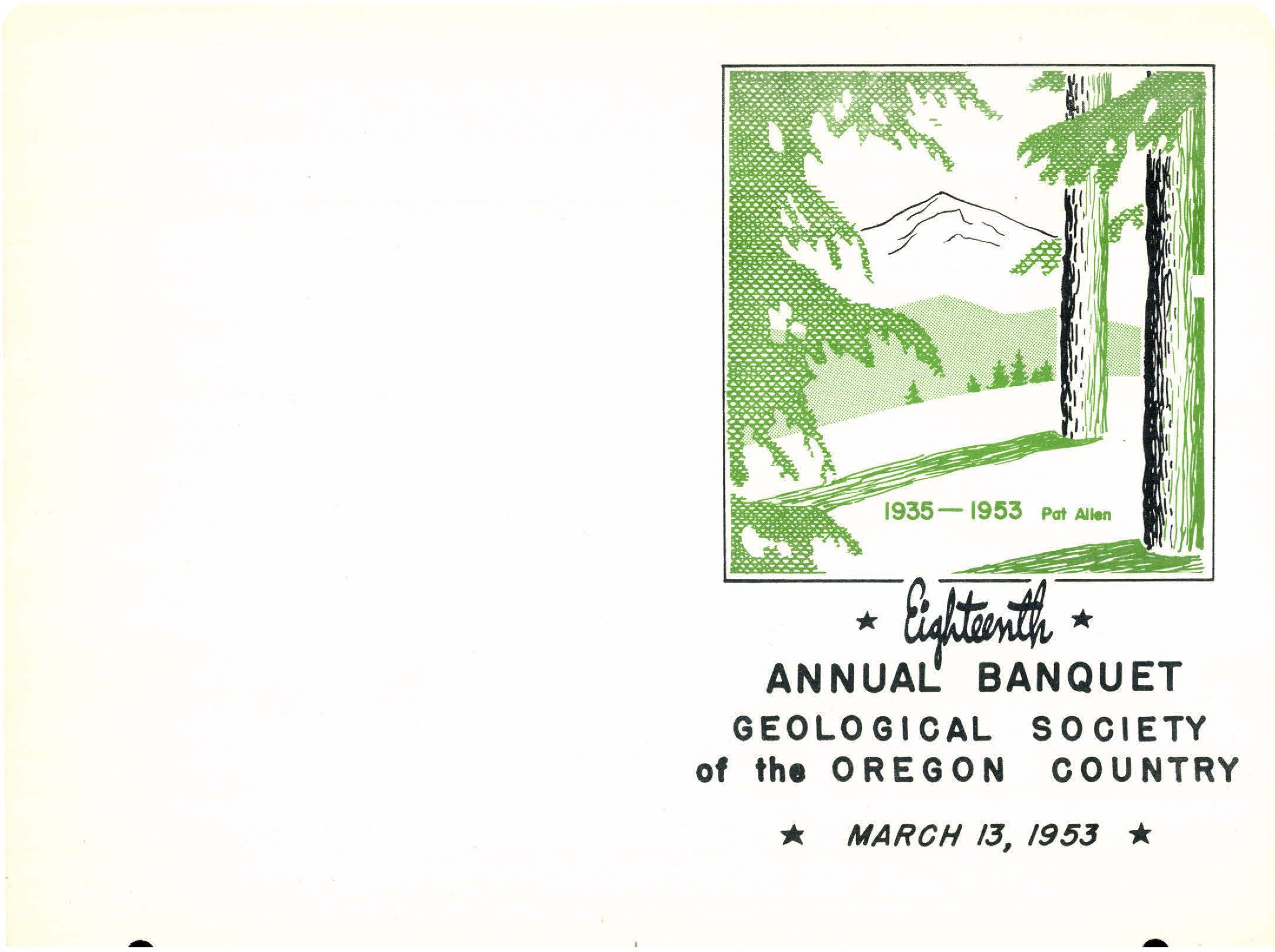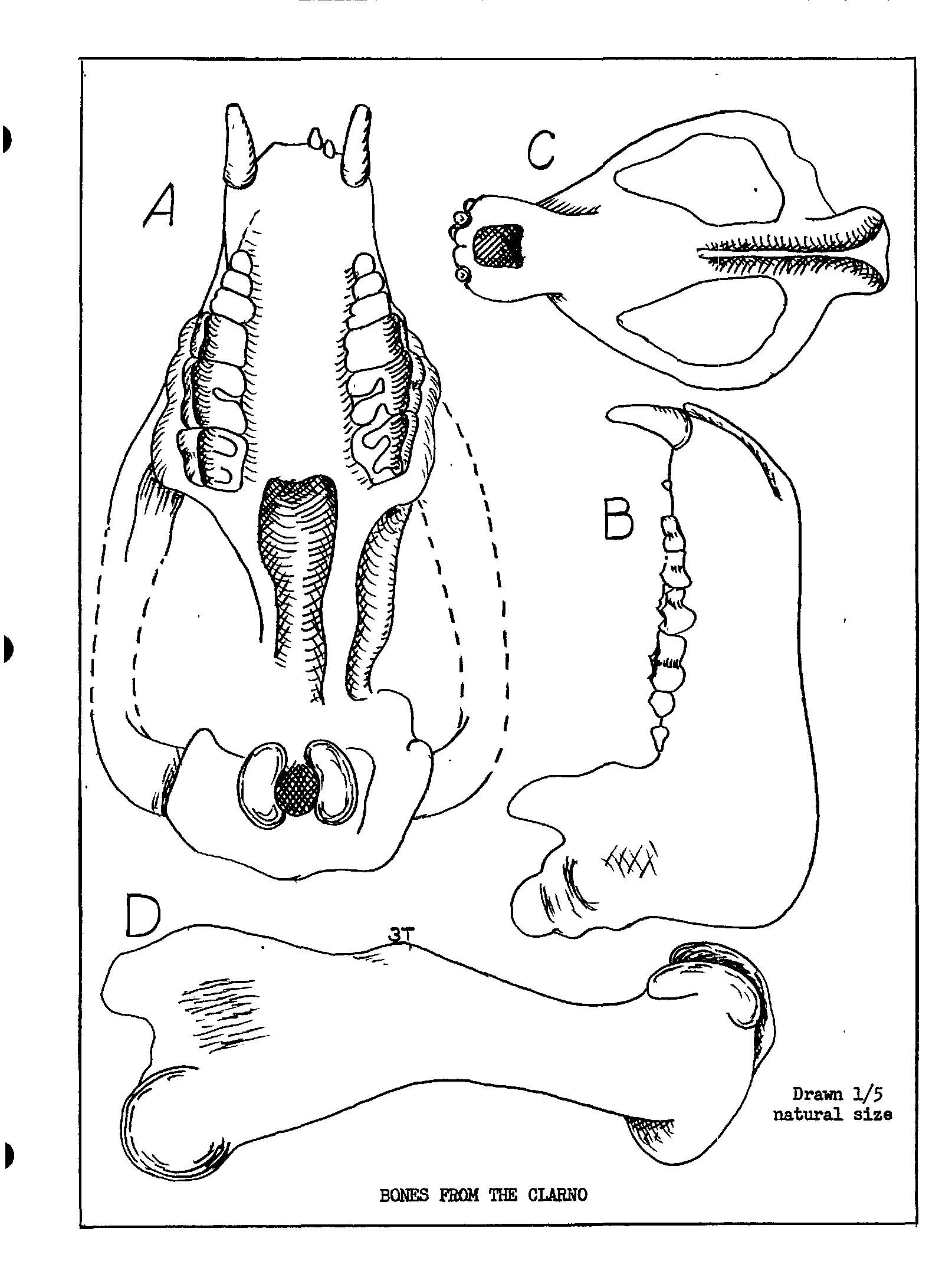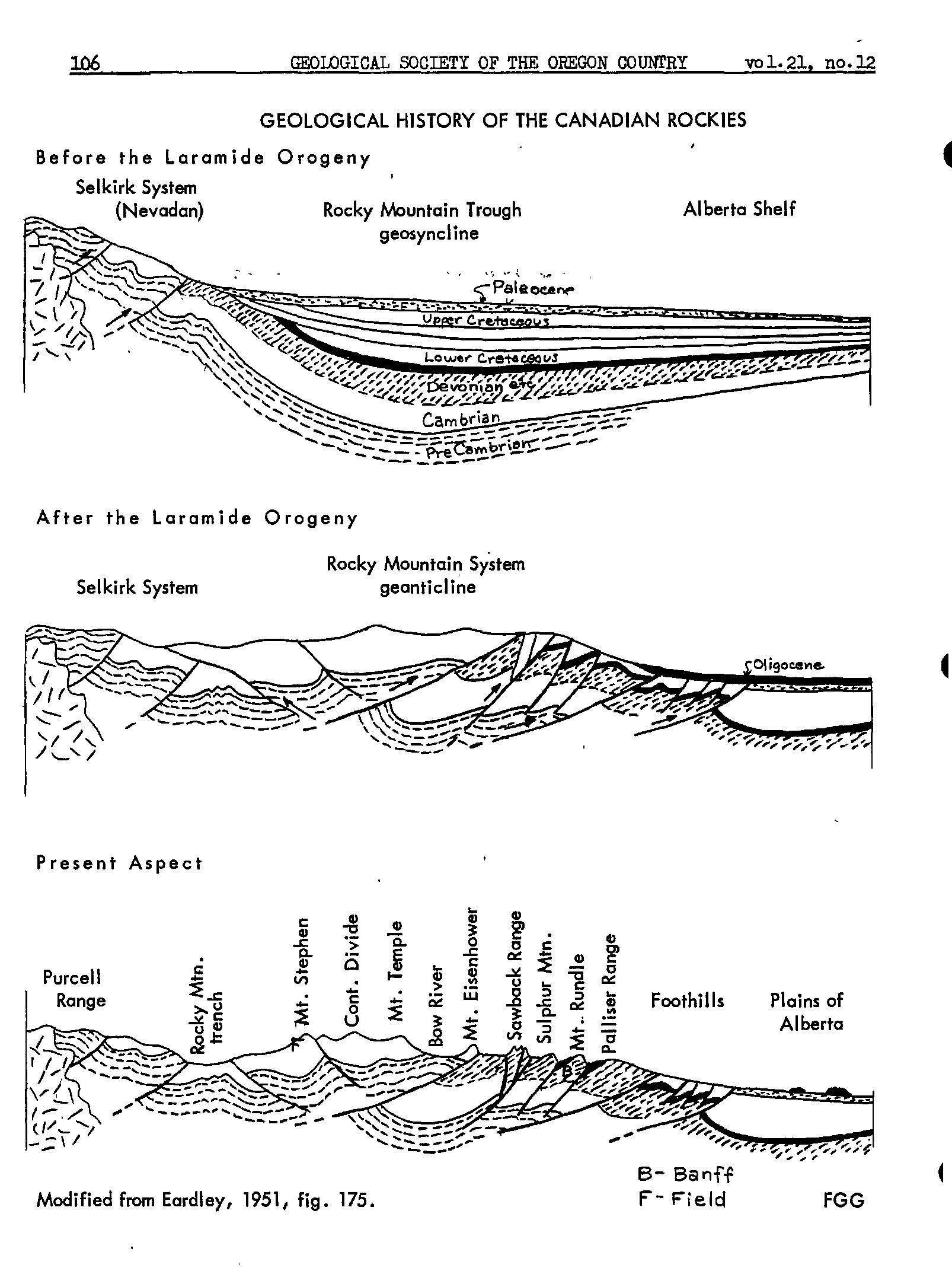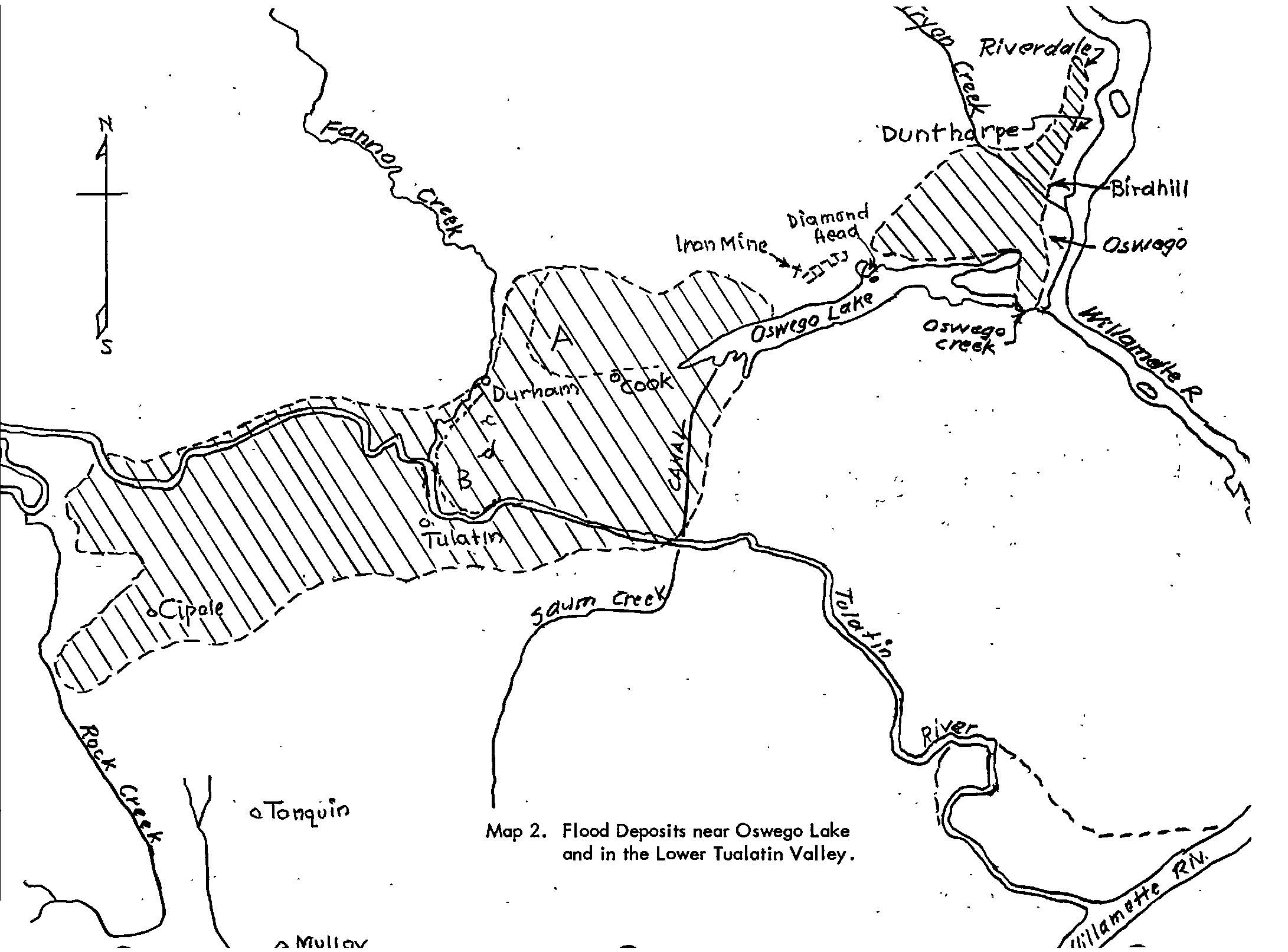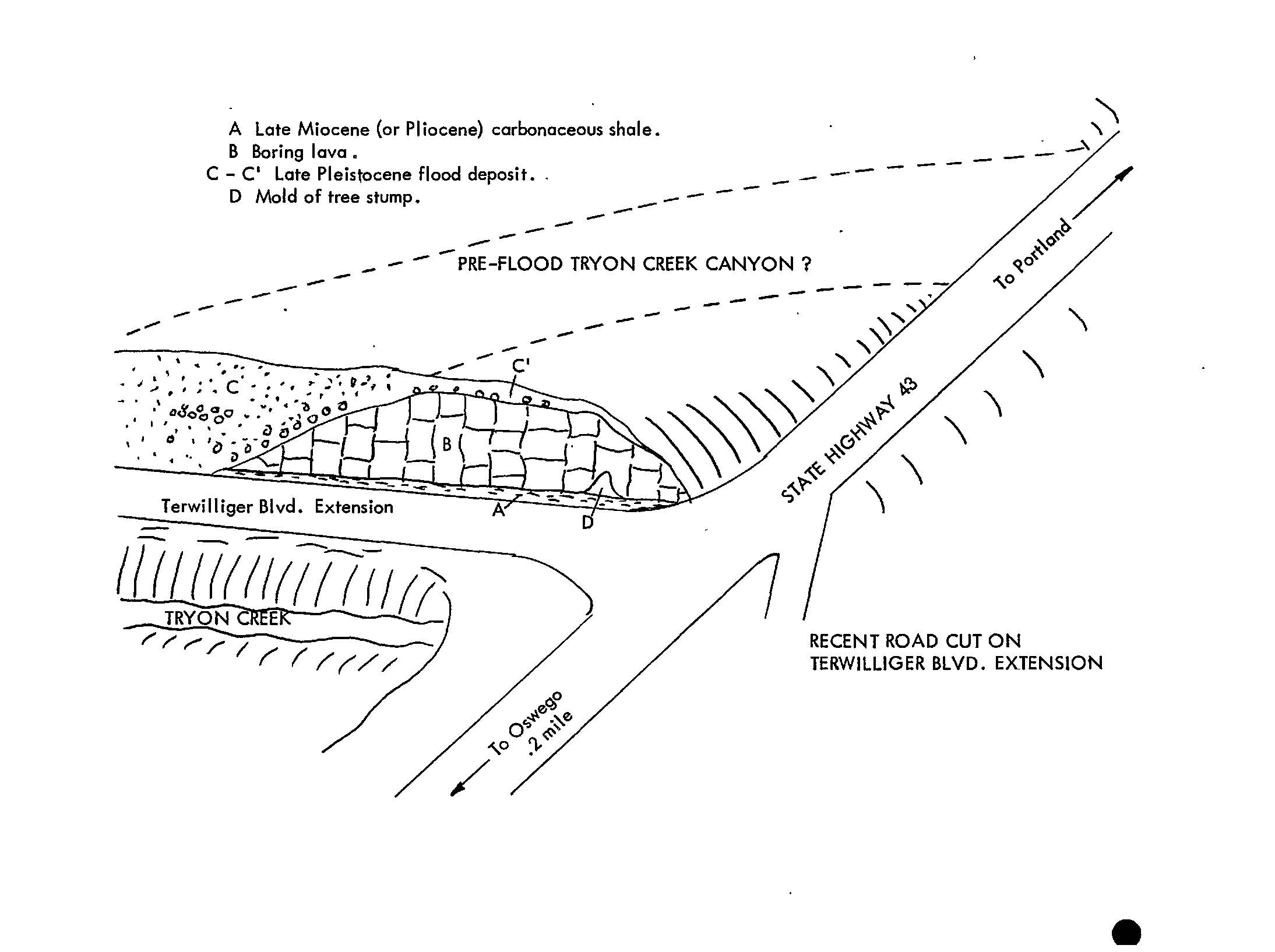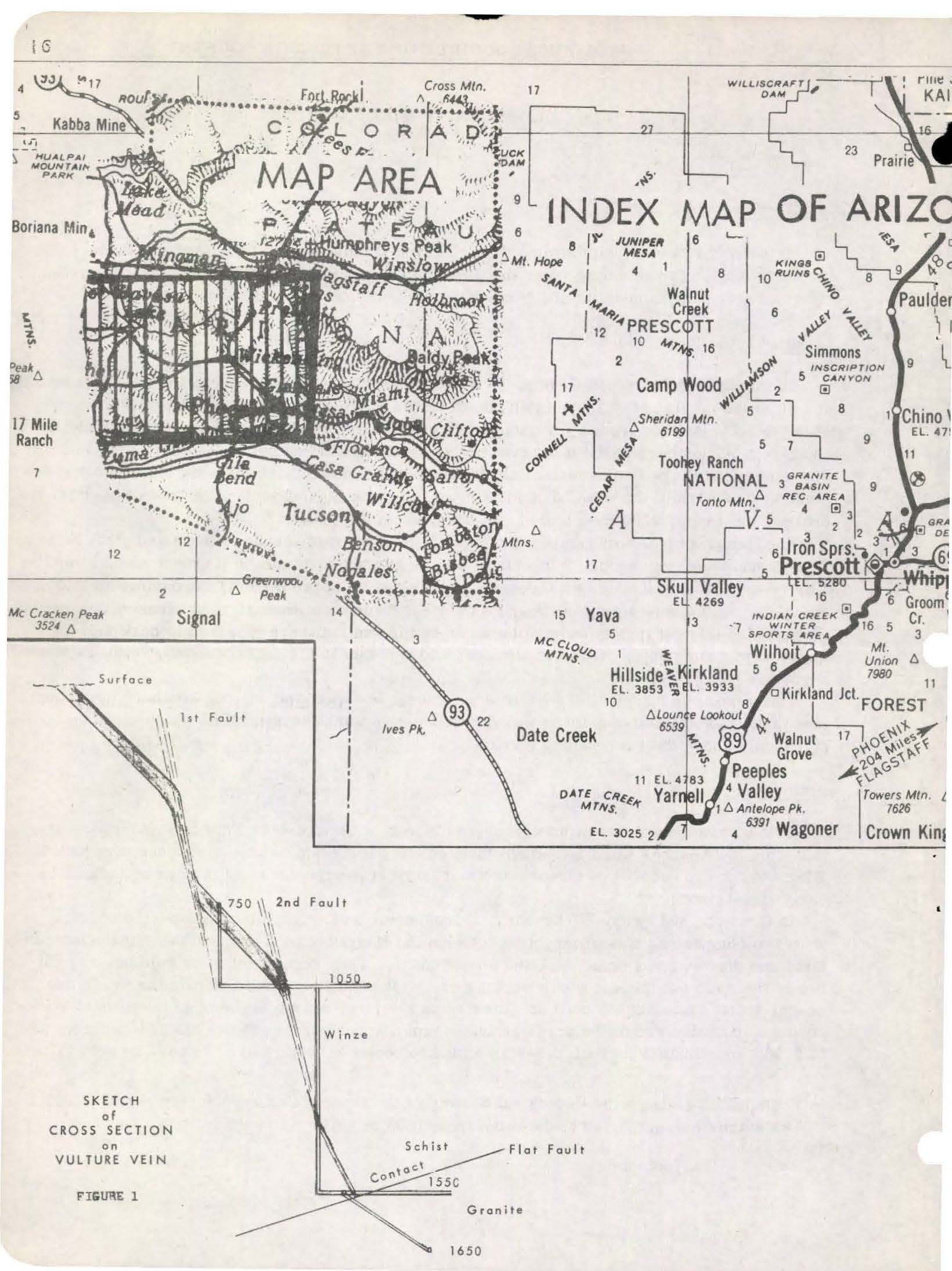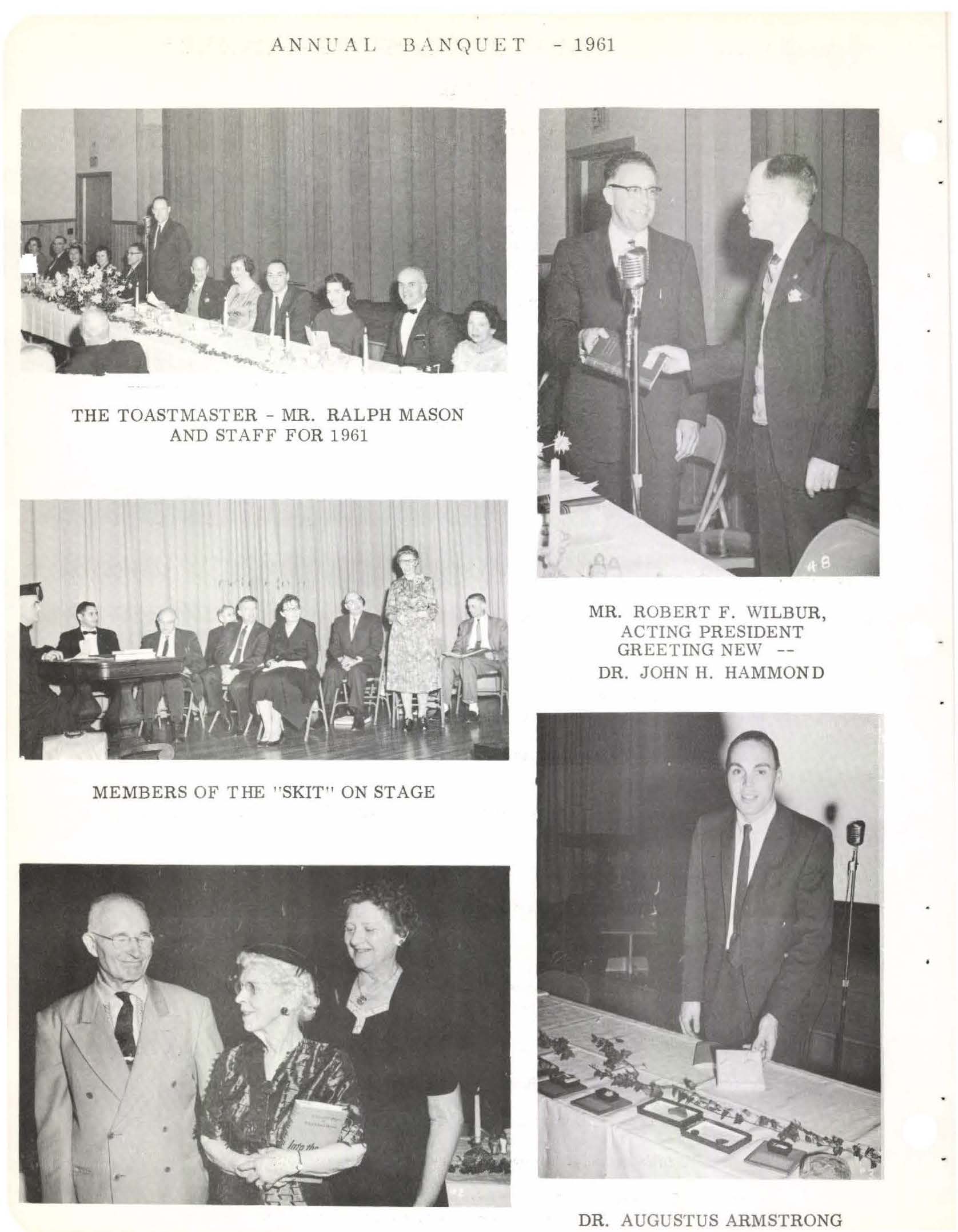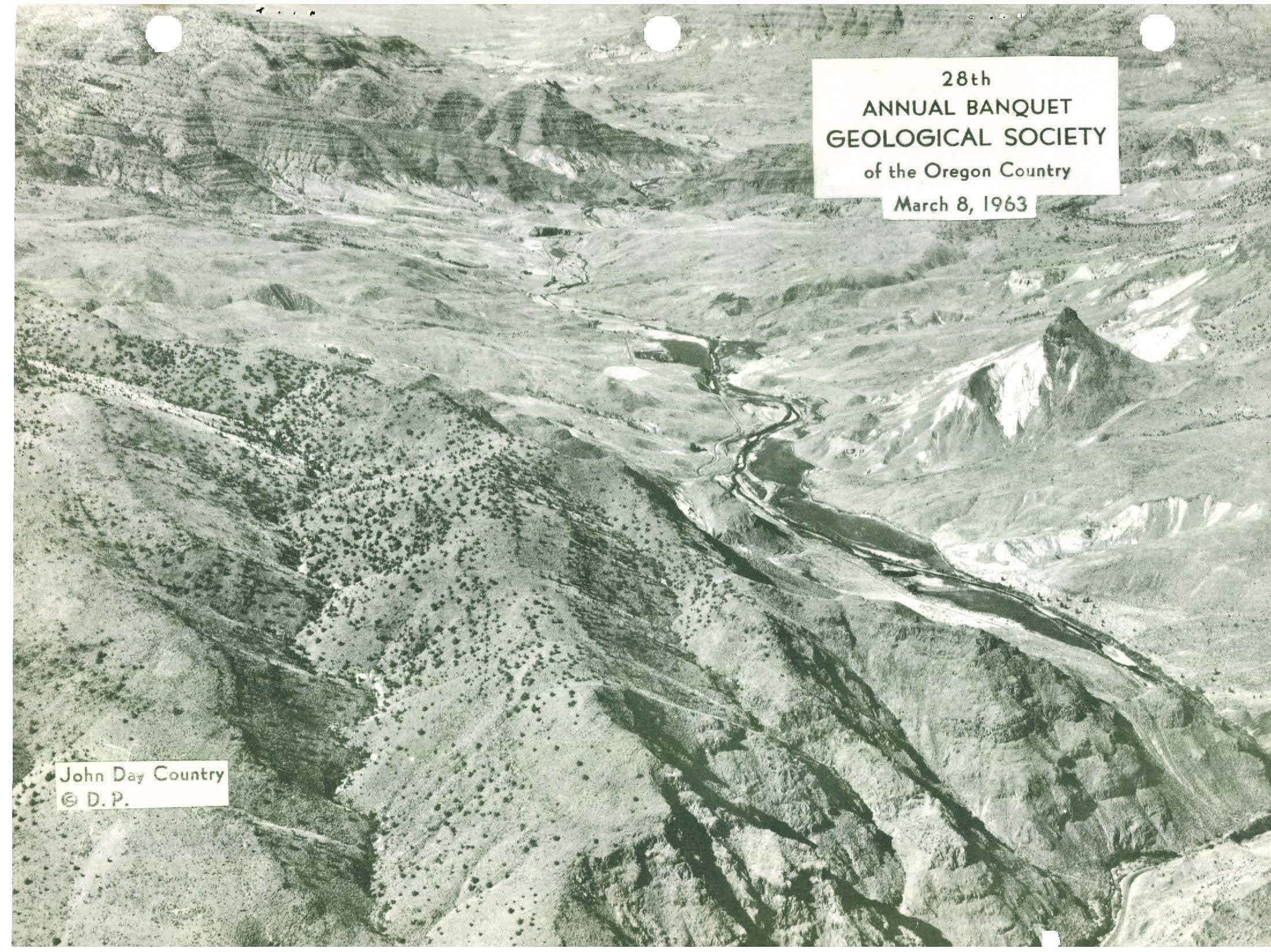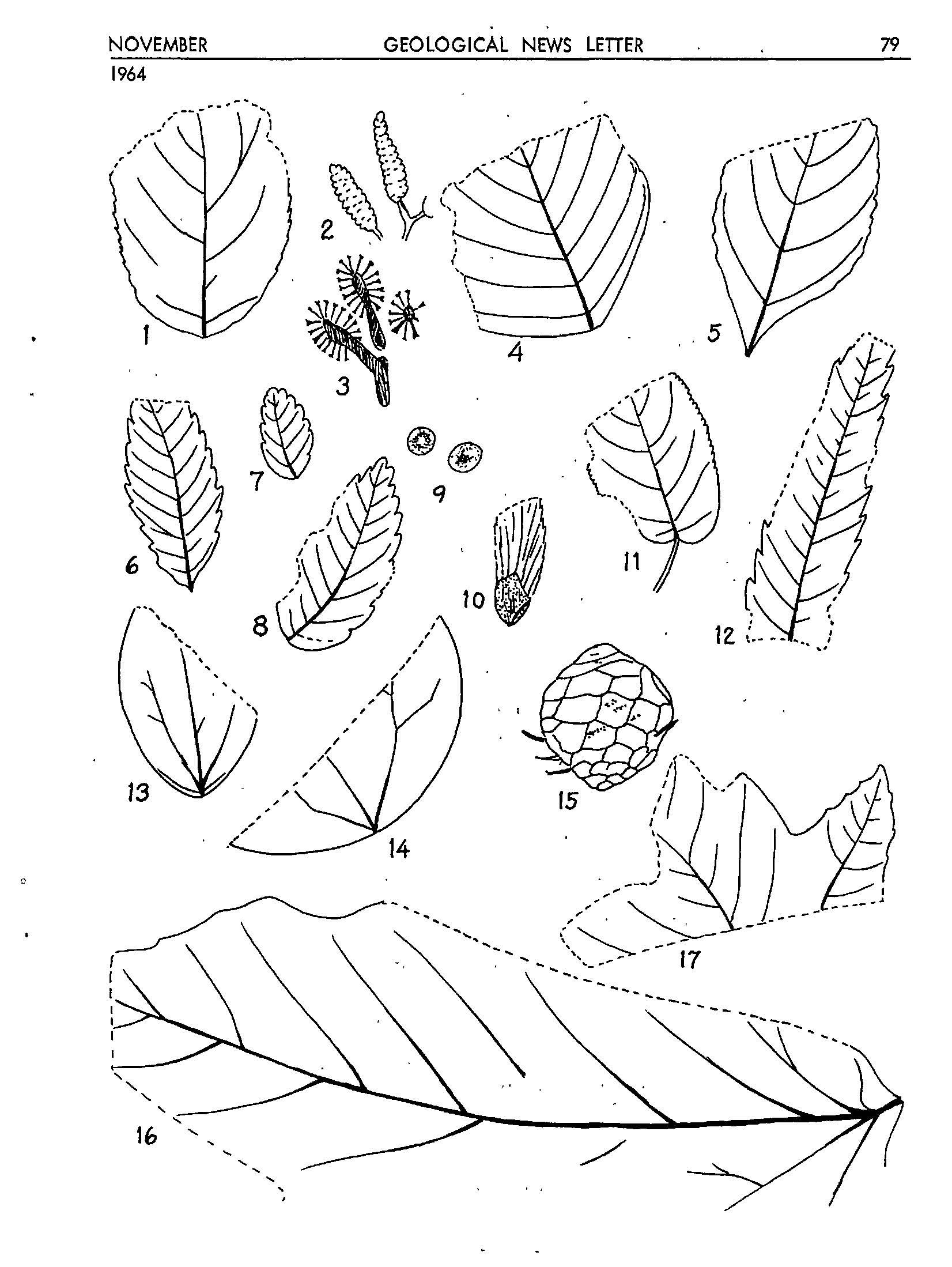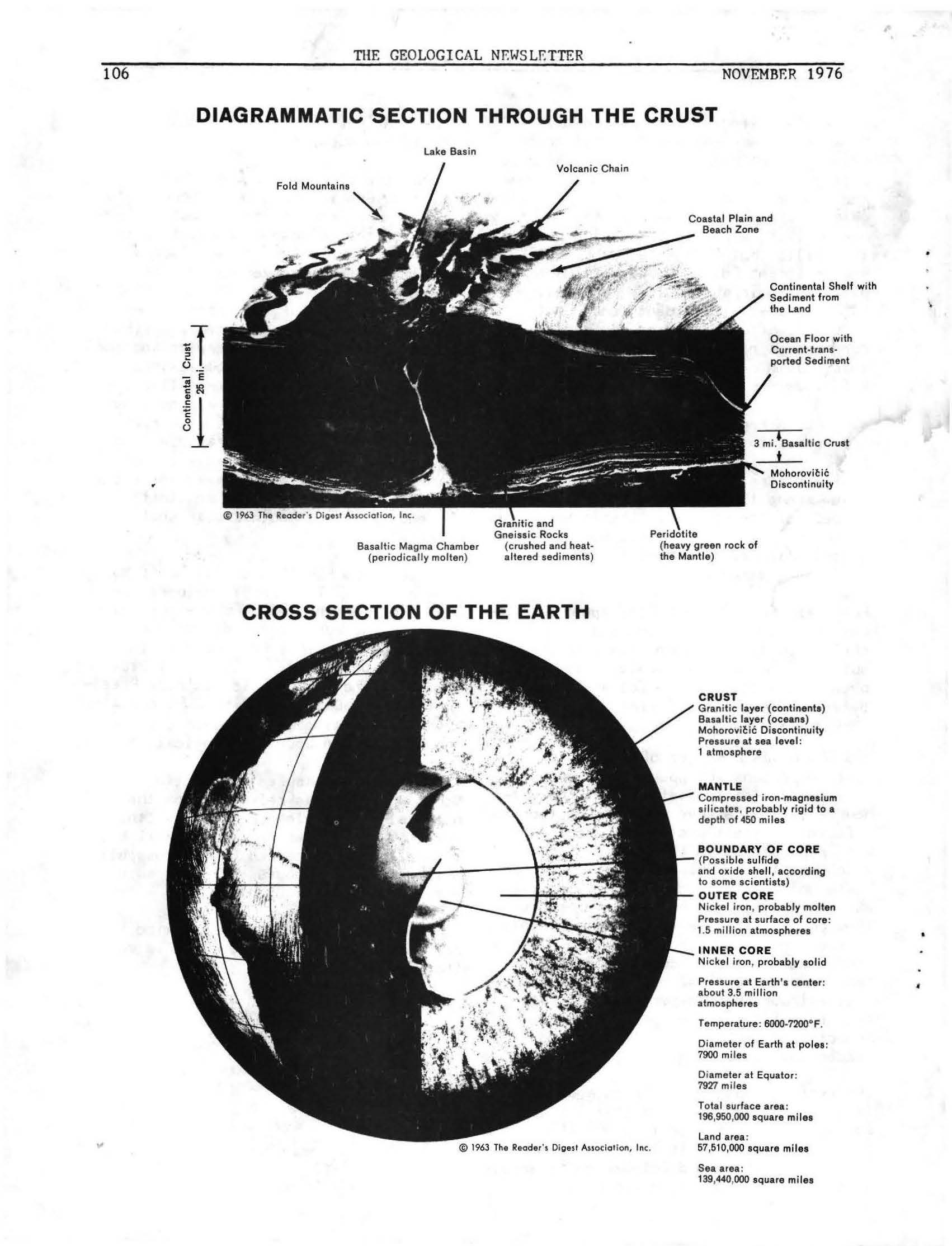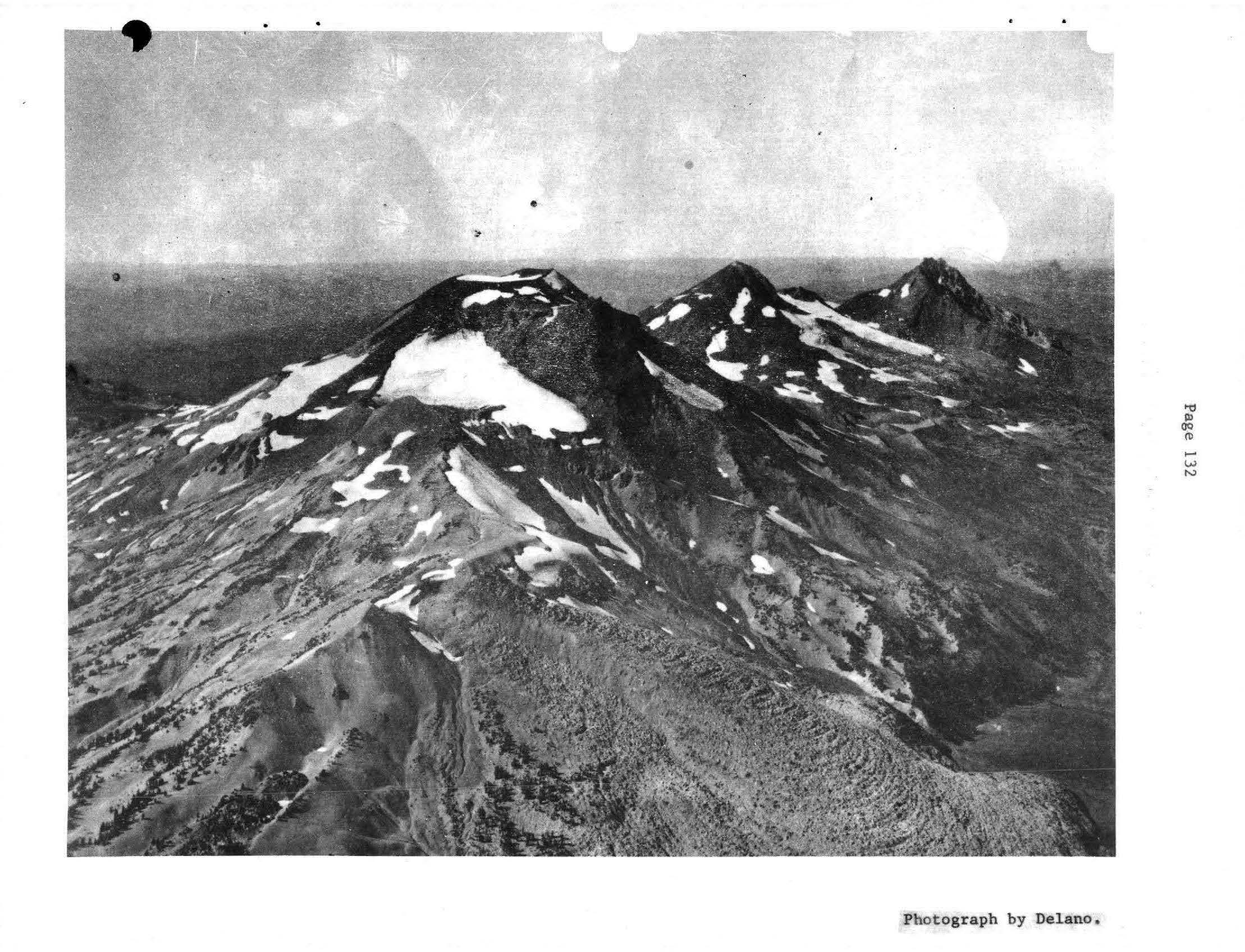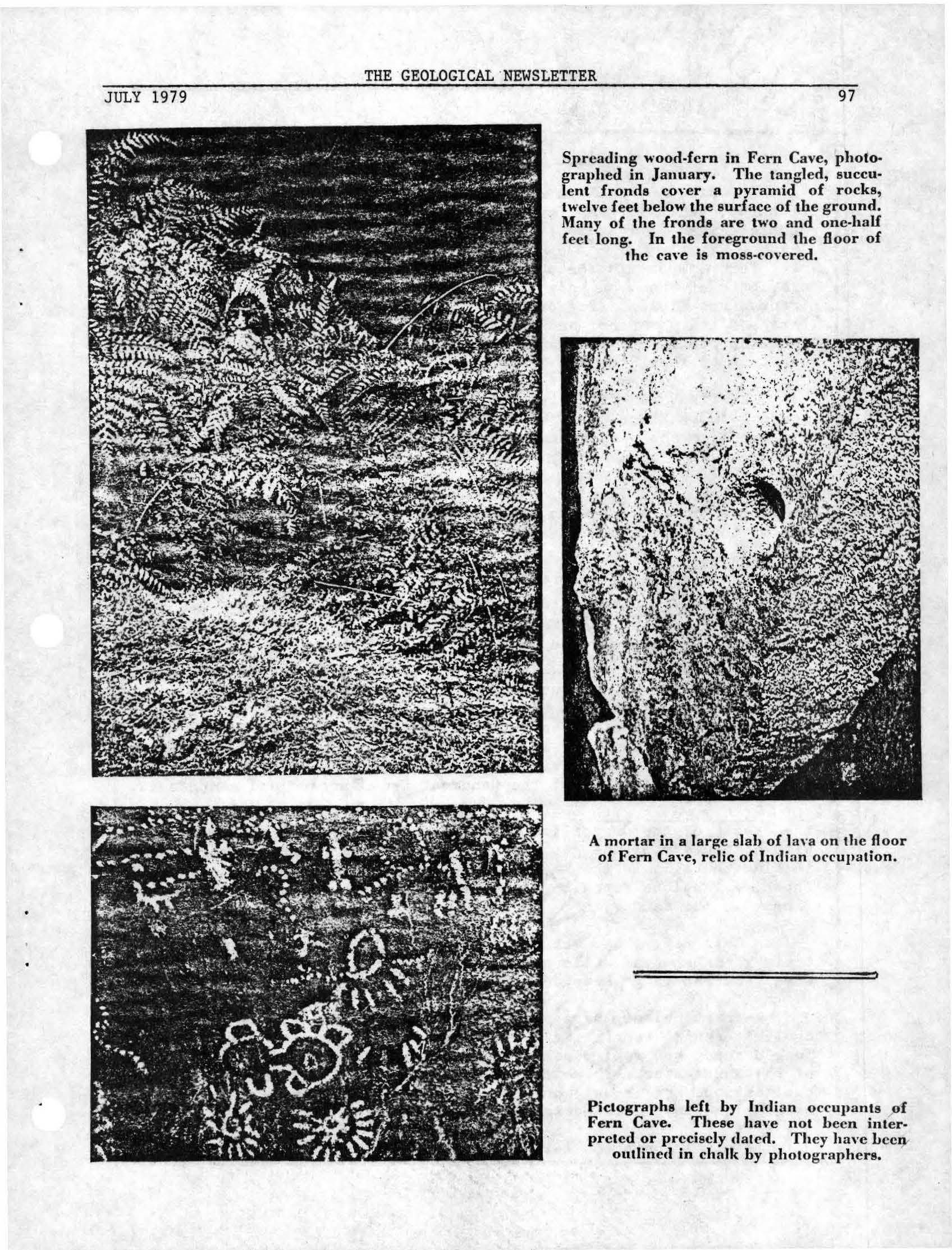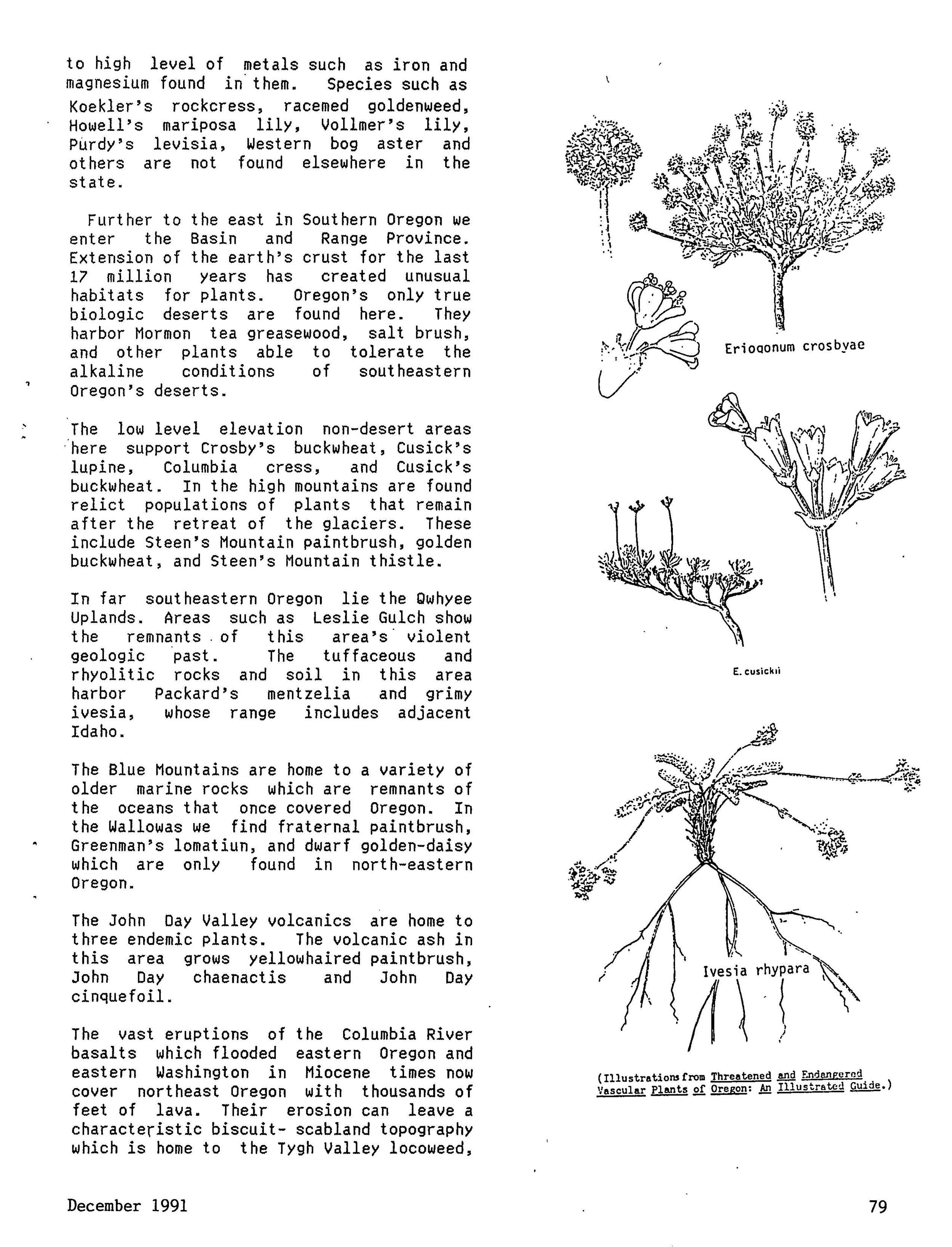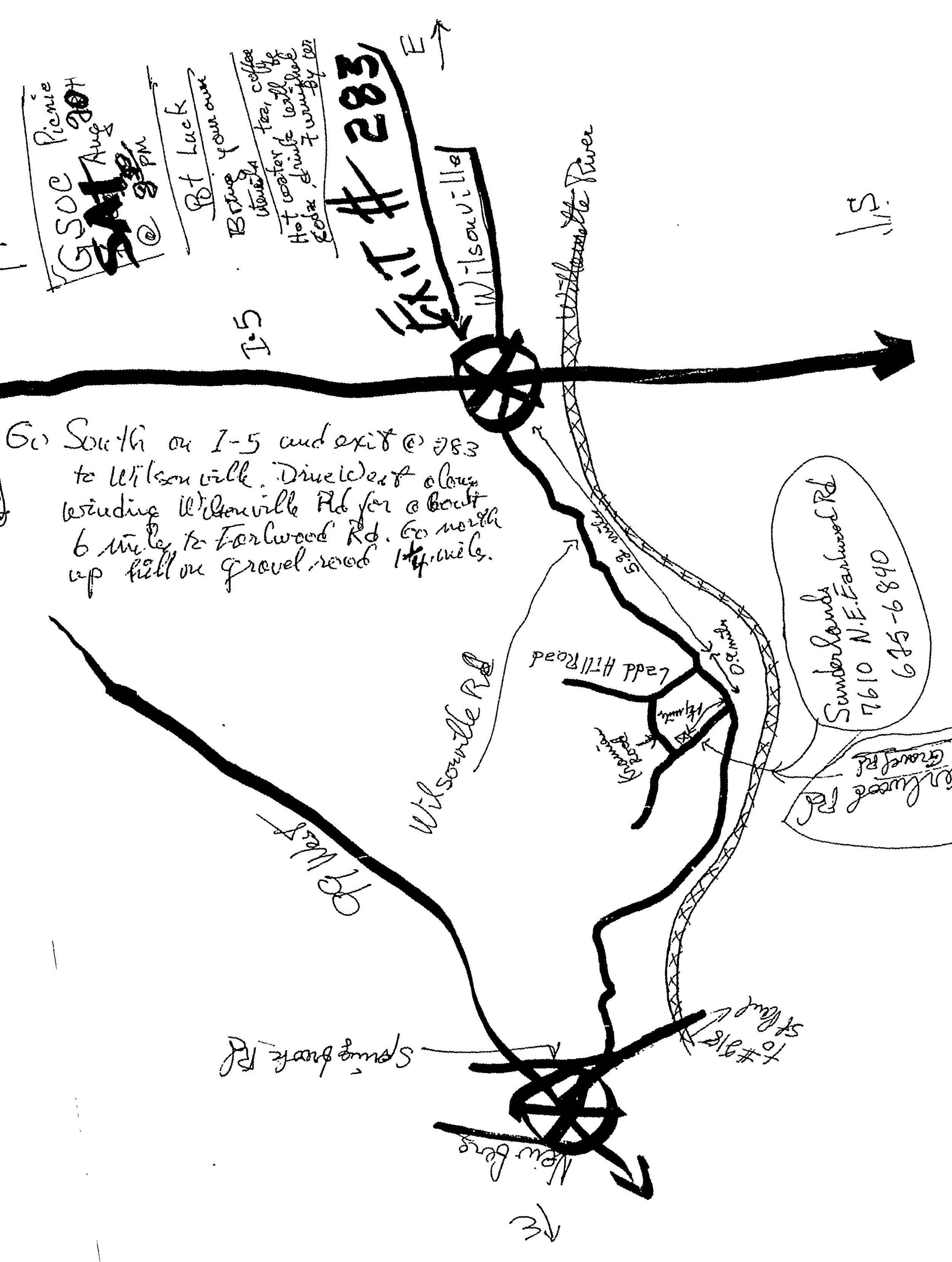The Geological Newsletter
Early fall is a perfect time of year to explore the unique beauty of the John Day Fossil Beds area. We convinced 20 GSOC members, both newbies and seasoned veterans alike, that this was the case. So, on September 25 Derek Loeb, geology lead, Carole Miles, logistical lead, and Gary Joaquin, safety lead, met up with the group at the Clarno Unit picnic area. Following introductions, safety reminders, and distribution of field guides, we launched on the first activity — a short hike along the Geologic Time Trail to learn about the formation of and admire the striking Clarno Palisades. The Palisades are part of the Clarno formation — volcanic lava flows, tufts, lahars, mudstones, and conglomerates from the early to middle Eocene.
PRESS RELEASE RELATED TO THE DEEP TIME FIELD TRIP FROM THIS SUMMER!!!
Nick Zentner is poised to do an A to Z series on Alaska geology this winter (2025/2026). As a preface to that, he has begun a preliminary series of interviews on the geology of the Belt Supergroup of Washington and related rocks. In two of these interviews, Jacqueline Halpin of U Tasmania and Rich Gaschnig of U Mass Lowell, he investigates the origin and composition of the Belt Supergroup and its relation to the other pieces of the supercontinent Nuna that were adjacent to the Belt during its formation. Also, material about the relationships between supercontinents Nuna and Rodinia.
The GSOC field trip Deep Time in the Spokane area delved into these topics and relied heavily on the first two field trips of the May 2024 GSA Cordilleran Section meeting, the articles for which were published in the GSA Field Guide 69: Proterozoic Nuna to Pleistocene Megafloods, edited by Mark McFaddan and the Deep Time trip leader Chad Pritchard of EWU Cheney. Rich Gaschnig was the lead author listed on the first field trip in that publication. The Deep Time trip covered 4 of the stops on the Gaschnig et al trip, where we saw the oldest exhumed rocks on the trip. The GSOC Field Trip and Outreach Directors will also get the field trip guide available on the members only section of this website, a good background summary of the geology of the region written in terms more easily understood by geo-neophytes, sometime this week (September 29).
Click below to look at a post-trip article with pictures of some of the stops from the trip and please check out the Zentner interviews.
March 9, 2025
Attendees at the 90th GSOC Annual Banquet were treated to a fun and informative lecture by one of the country’s prominent petrologic mineralogists, Dr. Barbara Dutrow. She came to talk to GSOC about her passion for using the unique properties of the mineral tourmaline to further geologic research.
September 28, 2024
A significant portion of the terrain of Portland’s West Hills between Burnside Road and US 26 is ancient and active landslides. Dr. Scott Burns, professor emeritus of Geology at Portland State University, took GSOC participants on a field trip exploring this terrain and observing the mitigation methods used over the years to try and arrest the sliding and damage. Dr. Burns has trained quite a few geologists about landslides over the years he has taught at PSU, and many of his students are now cataloguing and mitigating landslides throughout the Pacific northwest and other areas of the country.
June 7-9, 2024
In the June 2024 field trip, GSOC participants were treated to explore some of the geological fieldwork and mapping done by Jason McClaughry and field trip leader and GSOC Past President Clark Niewendorp of DOGAMI over the years 2014-2020. The main subject of the field trip was volcanic materials that originated in the Mt. Hood area of the High Cascades and were deposited on the eastern flanks of these mountains in Wasco County between The Dalles and Tygh Valley from the Late Miocene onwards. All this volcanic material is underlain by a platform of Columbia River Basalt. Also, the group examined the effects of folding and faulting associated with the Yakima Fold and Thrust Belt. Late Pleistocene surficial deposits – notably wind-blown loess and megaflood sediments – completed the surface geology they saw in the area.
Another important long-time GSOC Past President has passed away. Rosemary Kenney (1926-2024) would have been 98 years old if she had lived 6 more days. She was also GSOC’s longest membership at the time of her death, having joined the society in 1962 (according to her presidential write-up). Rosemary was GSOC President in 1989, which, unsurprisingly, was also the year she retired.
Rosemary was a strong and independent woman who loved to travel. Rosemary Richartz was born on a dairy farm in Touchet, Washington, and was the valedictorian of her high school in Umapine, Oregon. She then attended Oregon State University and received her BS in Home Economics in 1948, then a certificate in Food and Nutrition 1949. She used this education to become a dietician, a ubiquitous profession which proved to be a handy career for someone who loved to travel.
The GSOC 89th Annual Banquet event at McMenamin’s Kennedy School in Portland proved to be one of the most successful events we have had in the past decade.
Sheila Alfsen and Daniele Mckay led us on this 2 day field trip with picture-perfect weather. Why the name “Two Cascades”? We drove through the eroded steep sections of the older West Cascades, then went on to the High Cascades to Bend to explore the area around Mt Bachelor. A highlight of the trip was the view from mid-way up Mt Bachelor.
The GSOC Annual Picnic enjoyed a good turnout this year at Beacon Rock State Park in the Columbia River Gorge. GSOC had not sited the picnic here for over 20 years, and members agreed that this was a very good venue for a picnic. Not only did the site have a serviceable enclosed shelter building, but also a great view of some outstanding geology – Beacon Rock, a remnant of the last known outpouring of Boring lava, dated at 58,000 years ago.
This trip began in the mind of GSOC member Dr. Benjamin Sloan after he joined the society last year and participated in the Coaledo trip last summer. By September he was emailing me and asking whether we would consider doing a trip to Crater Lake. I replied that we’d consider the trip, then added a long list of logistical considerations that needed to be worked out, thinking that would be the last I’d hear from him. Well, one month later he had researched the technical papers, gone to Crater Lake to research lodging and travel routes, and sent me a list of tasks he’d completed. Turns out that Ben has been planning field trips worldwide and teaching geology for years as well as doing oil exploration.









